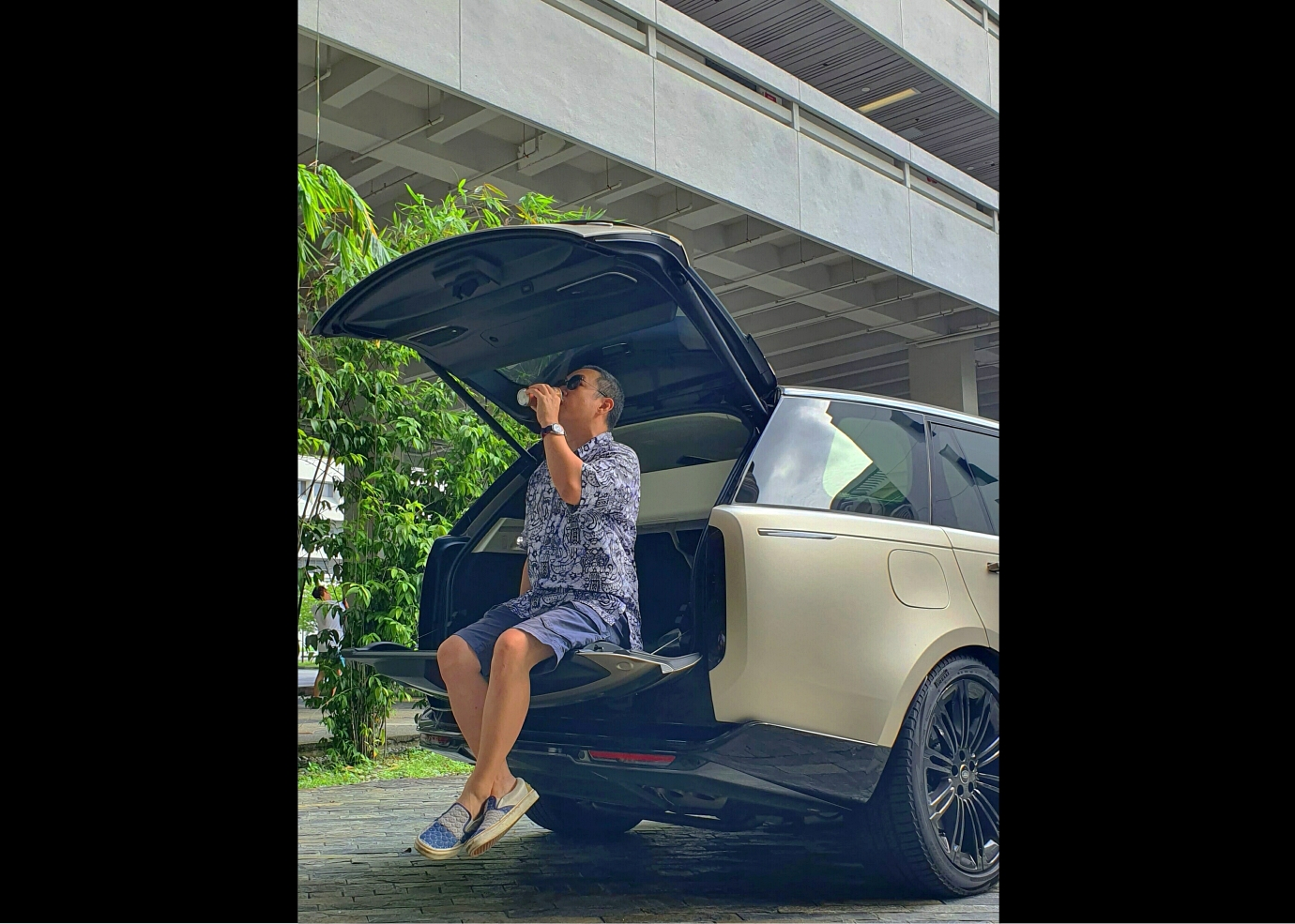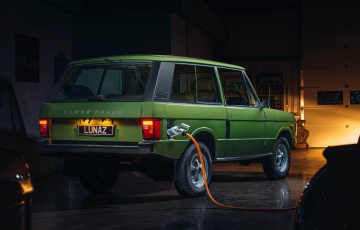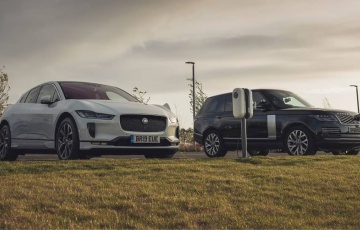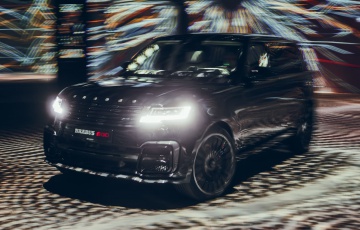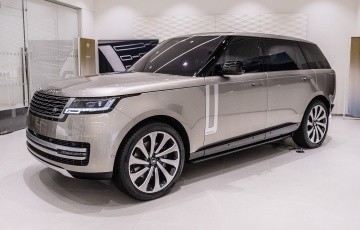Range Rover 4.4 V8 Autobiography LWB Drive Review : En Vogue
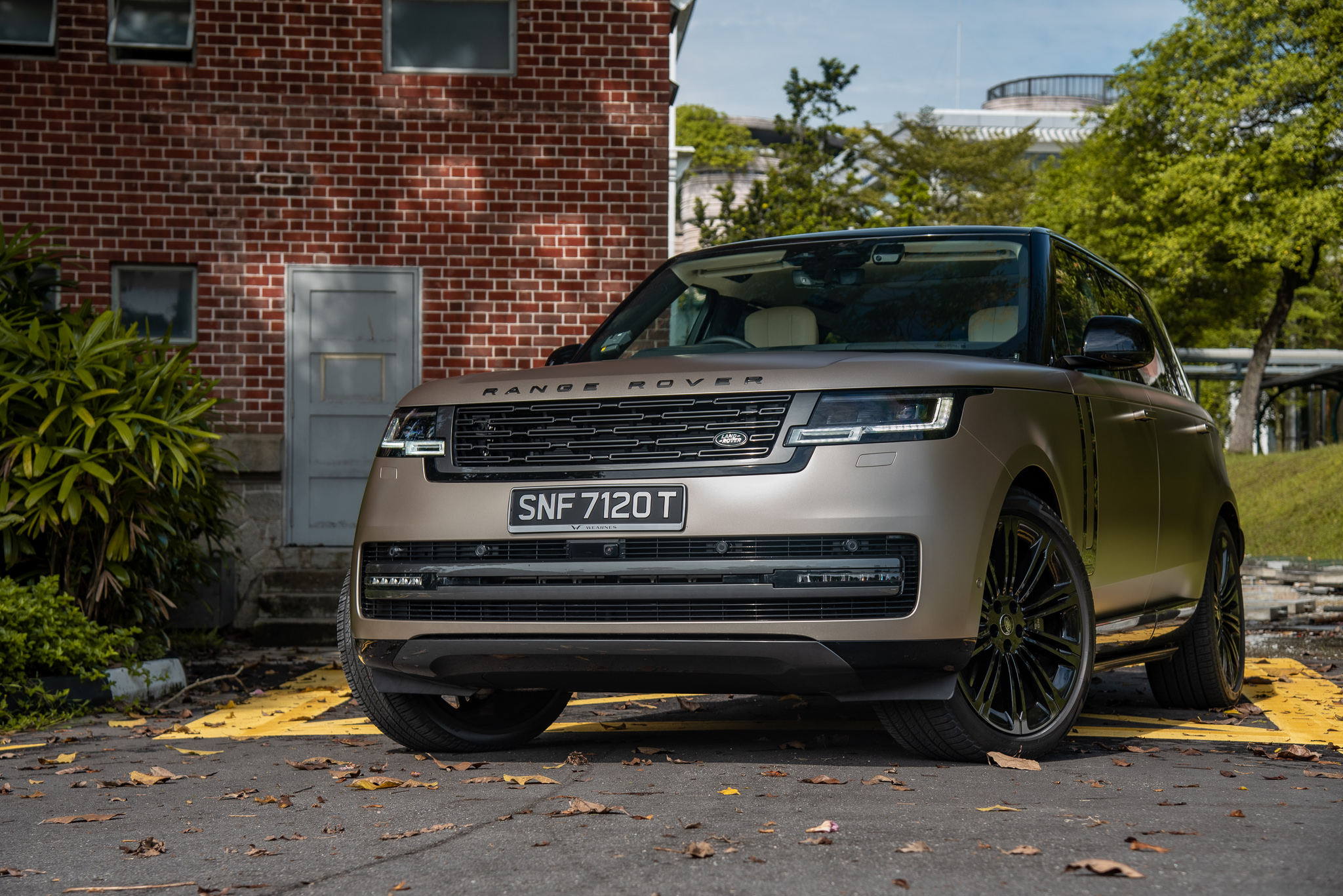
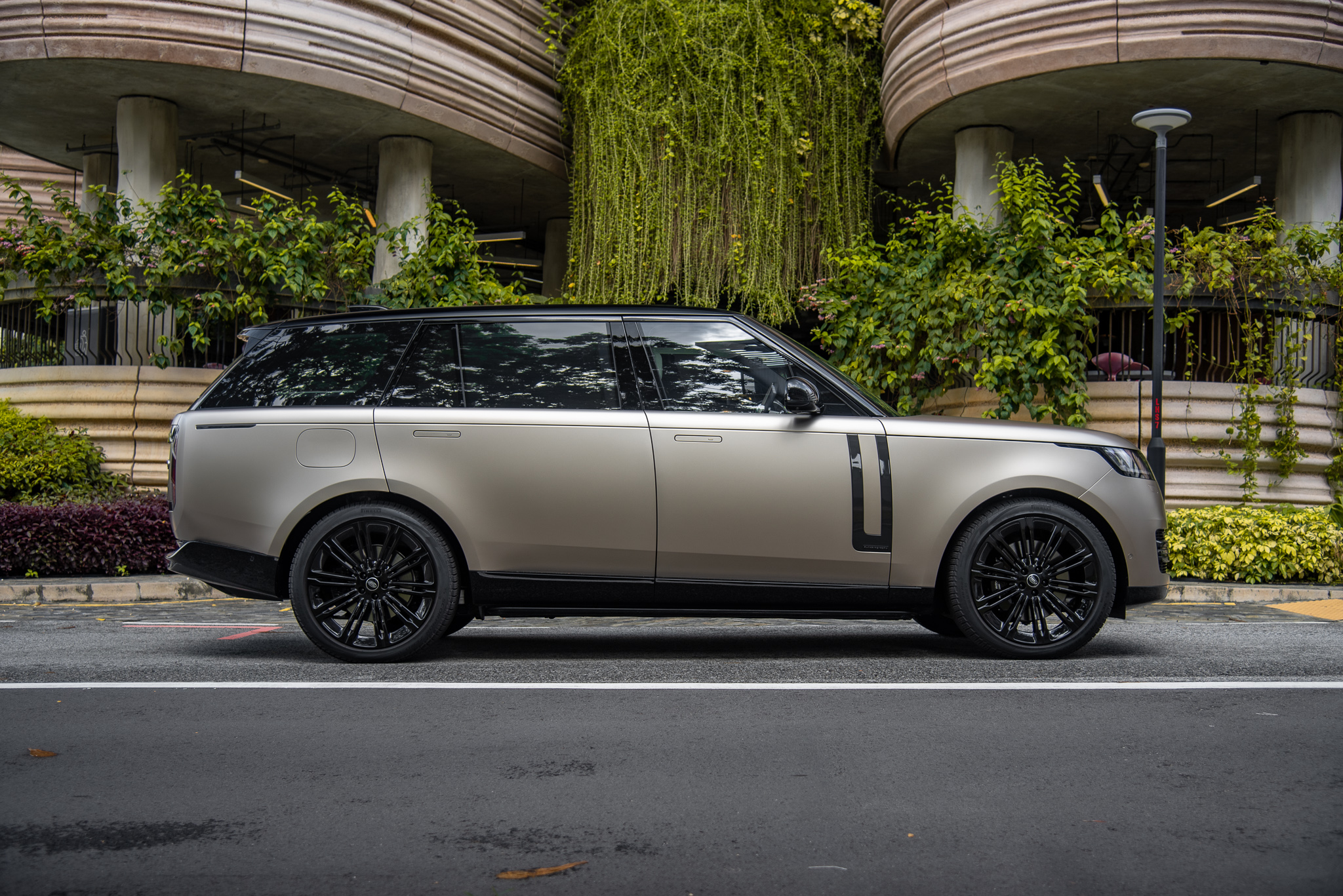
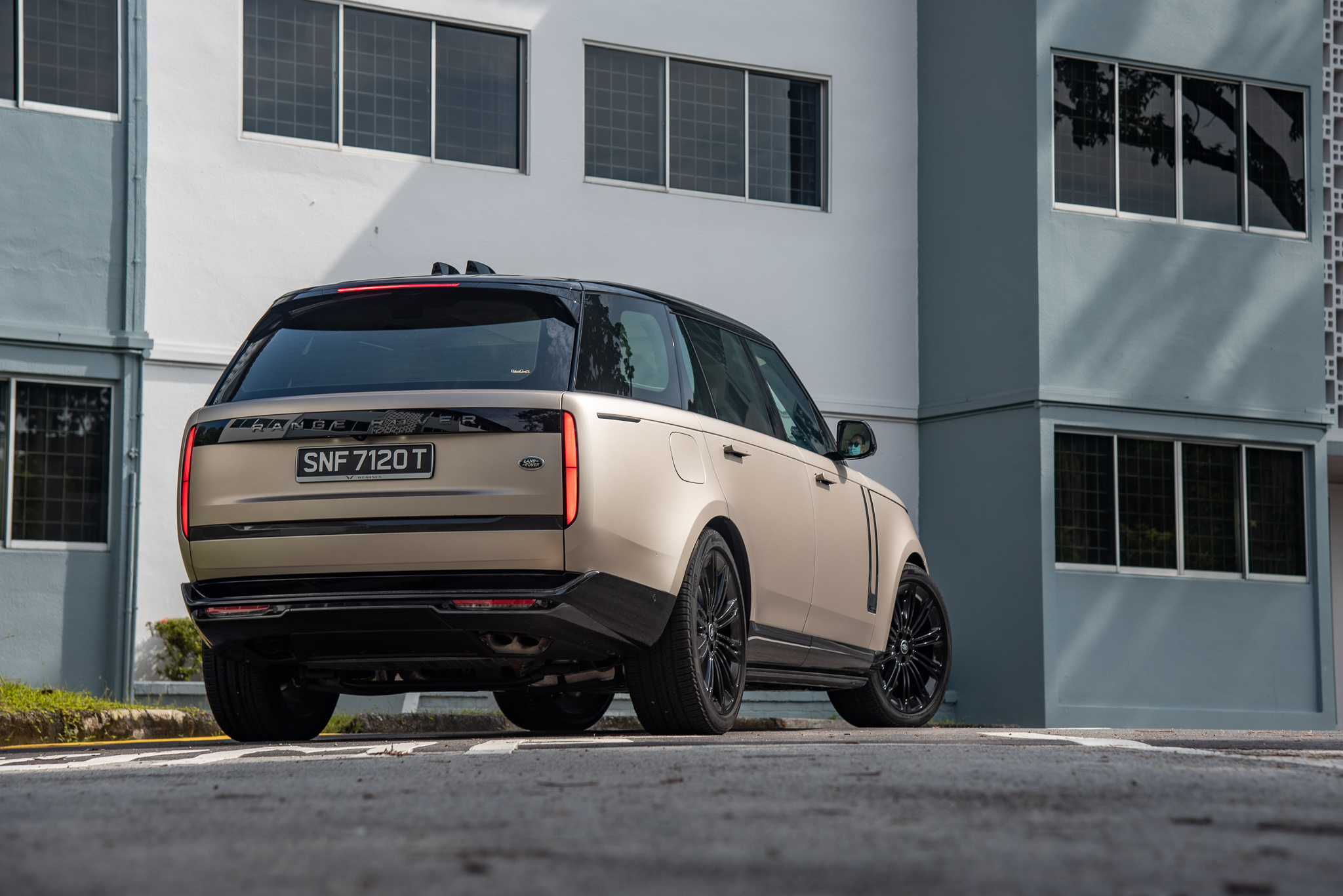
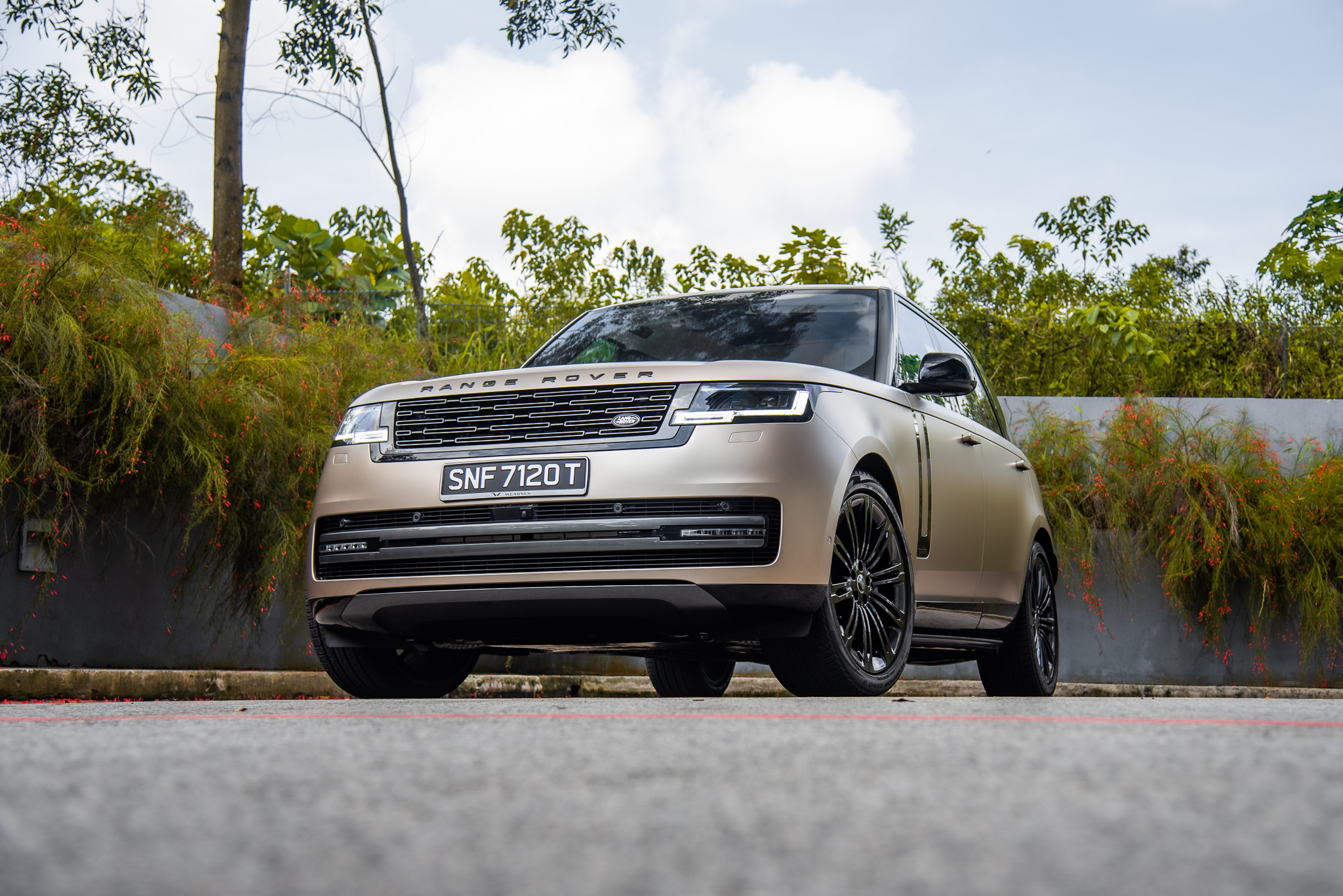
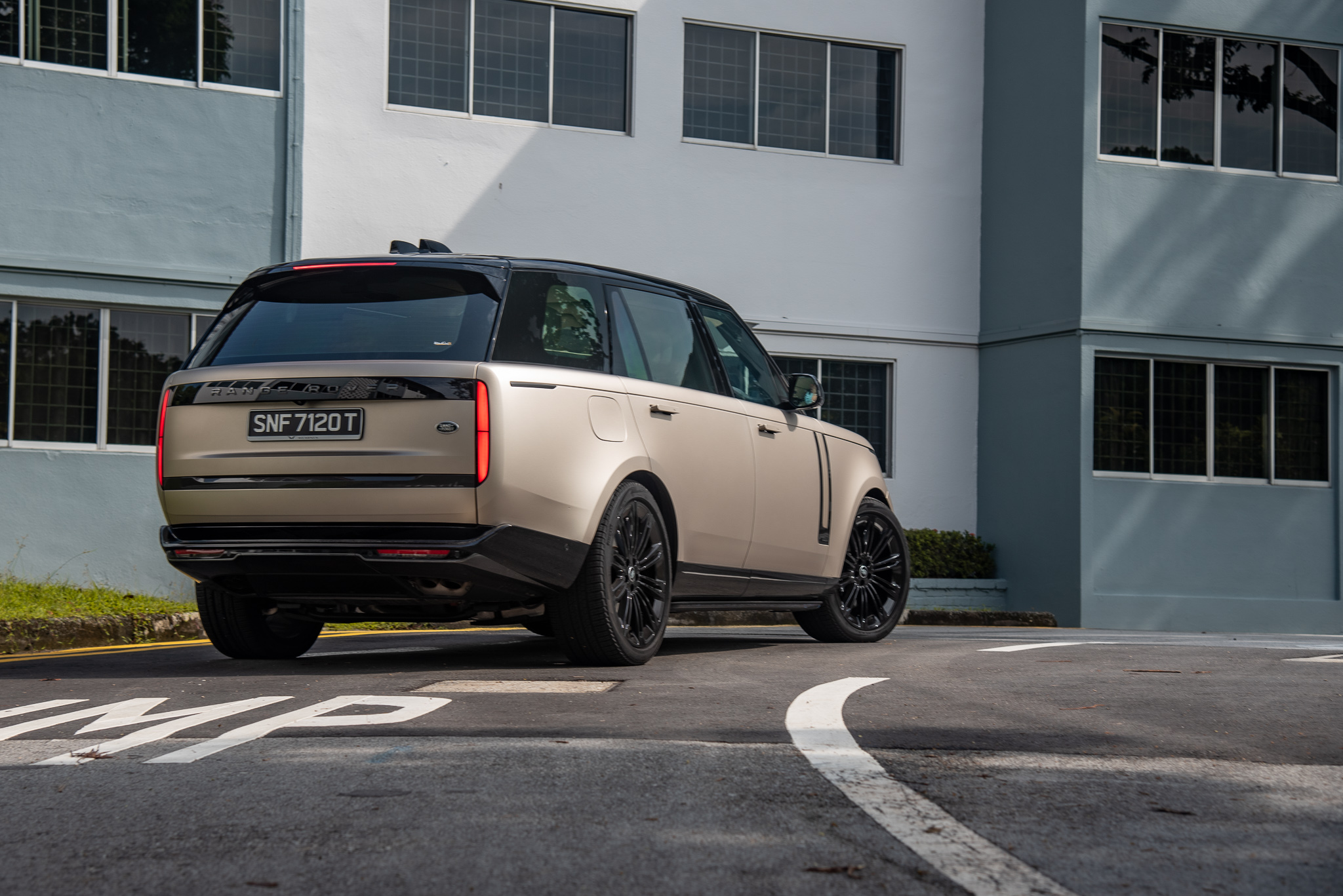
Range Rover 4.4P V8 Autobiography LWB Drive Review : En Vogue
Singapore - The automotive world hasn’t been immune to its share of ‘disruptions’. The interpretation of luxury motoring has evolved with the zeitgeist.
Big money is now in younger hands and more importantly, the traditional trappings of success – such as large lux-limos and their ilk that so impressed earlier generations – are less popular with younger, more dynamic buyers.
The shift in global perception of luxury motoring, coupled with a drop in the average age of ownership demographic has led to a change in many brands’ interpretation of the segment.
The outmoded idea that luxury motoring revolves only around big limos is still respected by some… albeit an ageing group.
For instance, Rolls-Royce certainly foresaw the coming paradigm shift and included the Cullinan – its first ‘High Luxury’ Vehicle (literally!) – in its portfolio of vehicles.
Critics of the Cullinan were outraged by the brand’s apparent betrayal of its lux-limo roots, but they clearly missed the point.
Nobody ever said luxury had to take a defined form, because it is ephemeral and constantly evolving and certainly, never one to play by the rules.
Despite all and sundry jumping on the posh-roader band-wagen these days, we can’t forget the OG Range Rover that started it all in the 1970s when Land Rover launched an oversized, relatively comfortable (compared to its Series Defender that is!) cruiser to traverse an extended overland ‘range’ and endowed it with the off-road prowess synonymous with the brand.
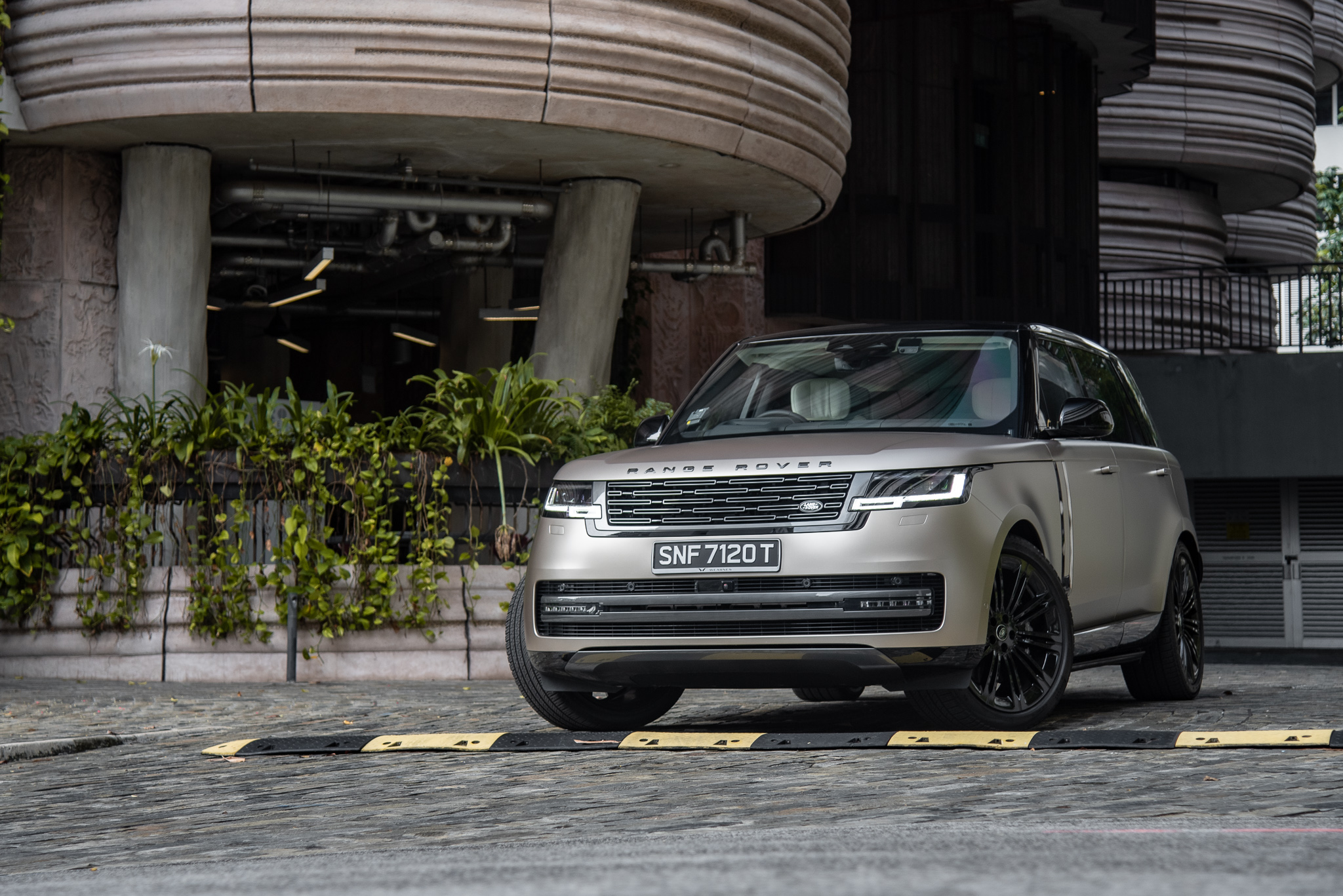
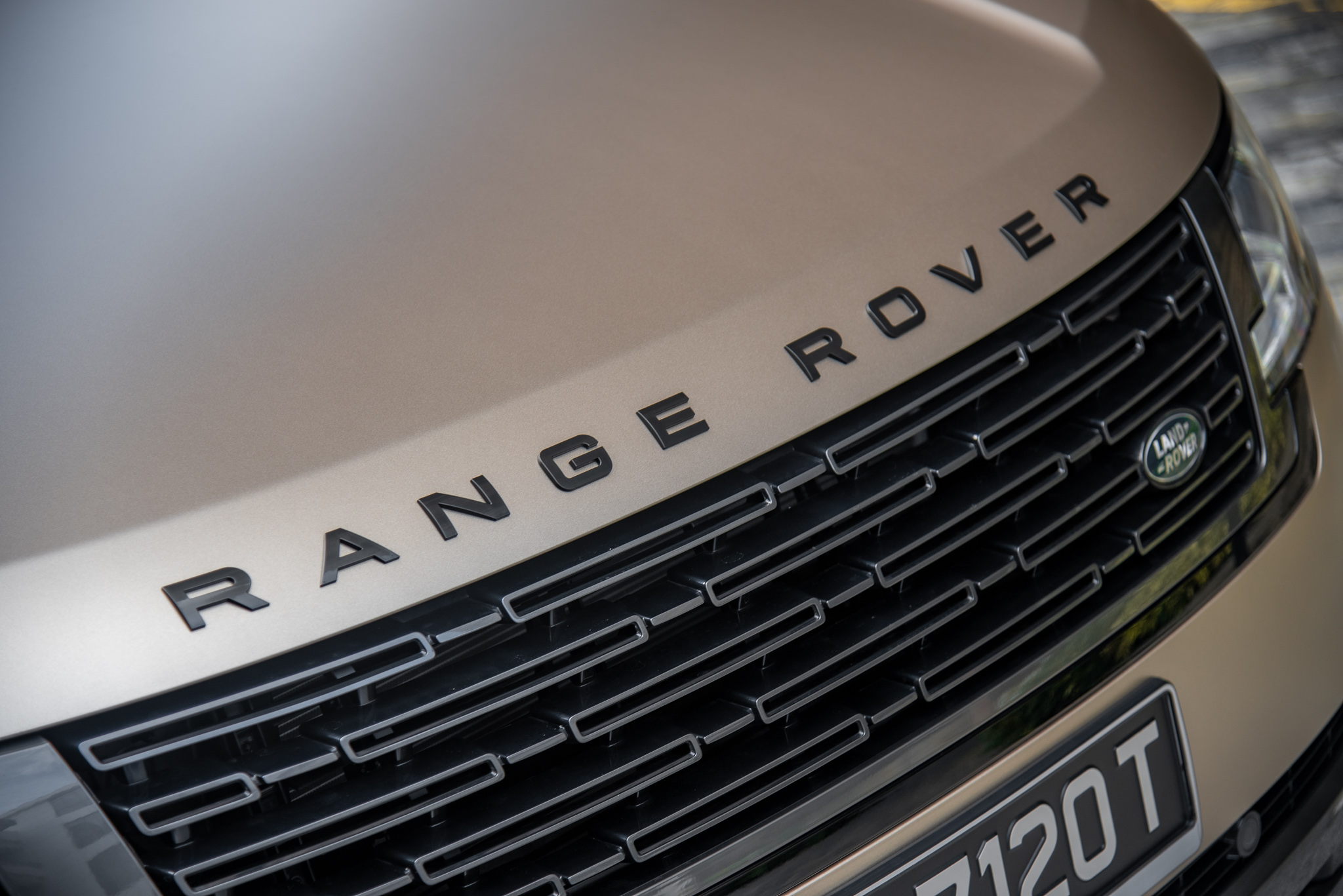
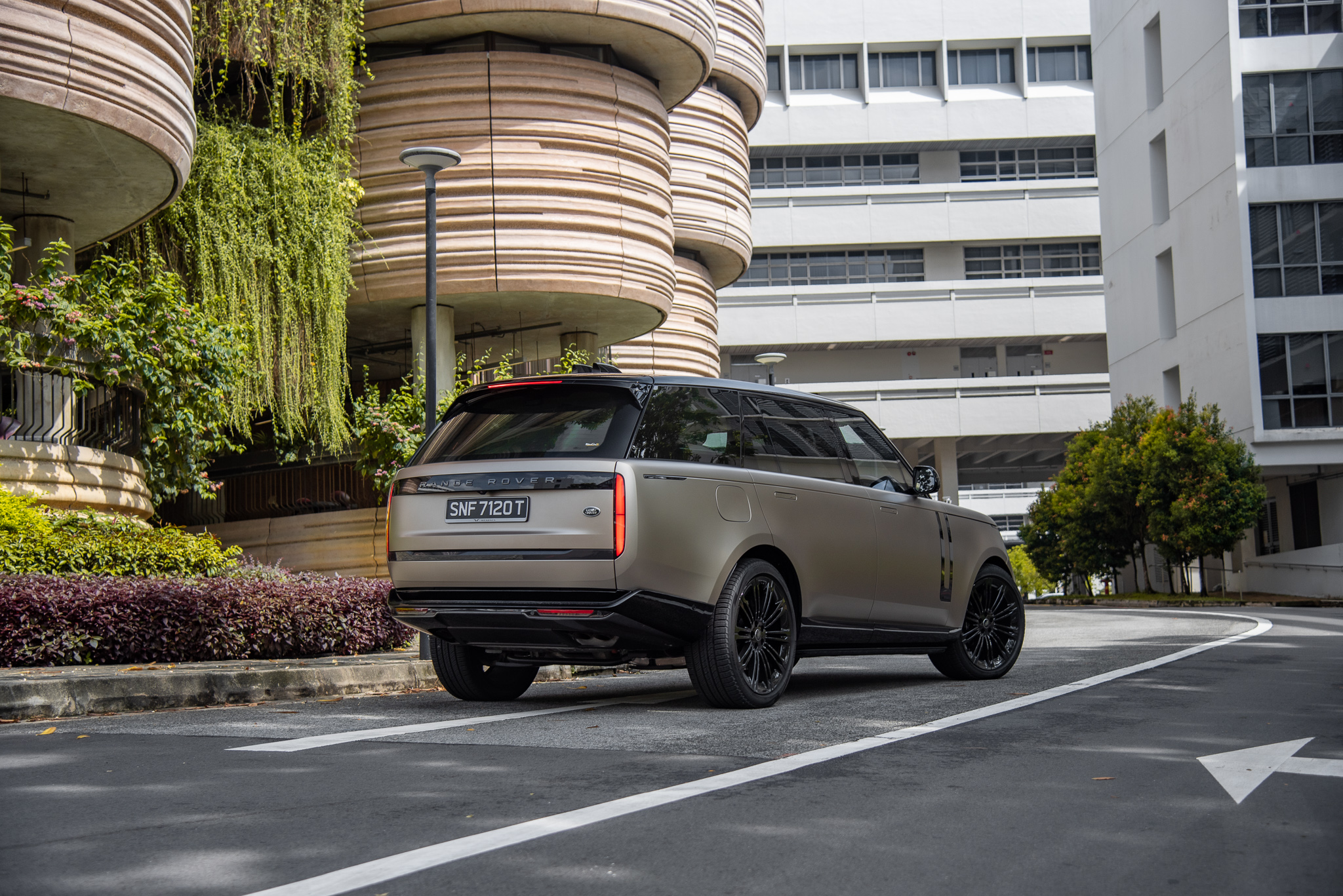
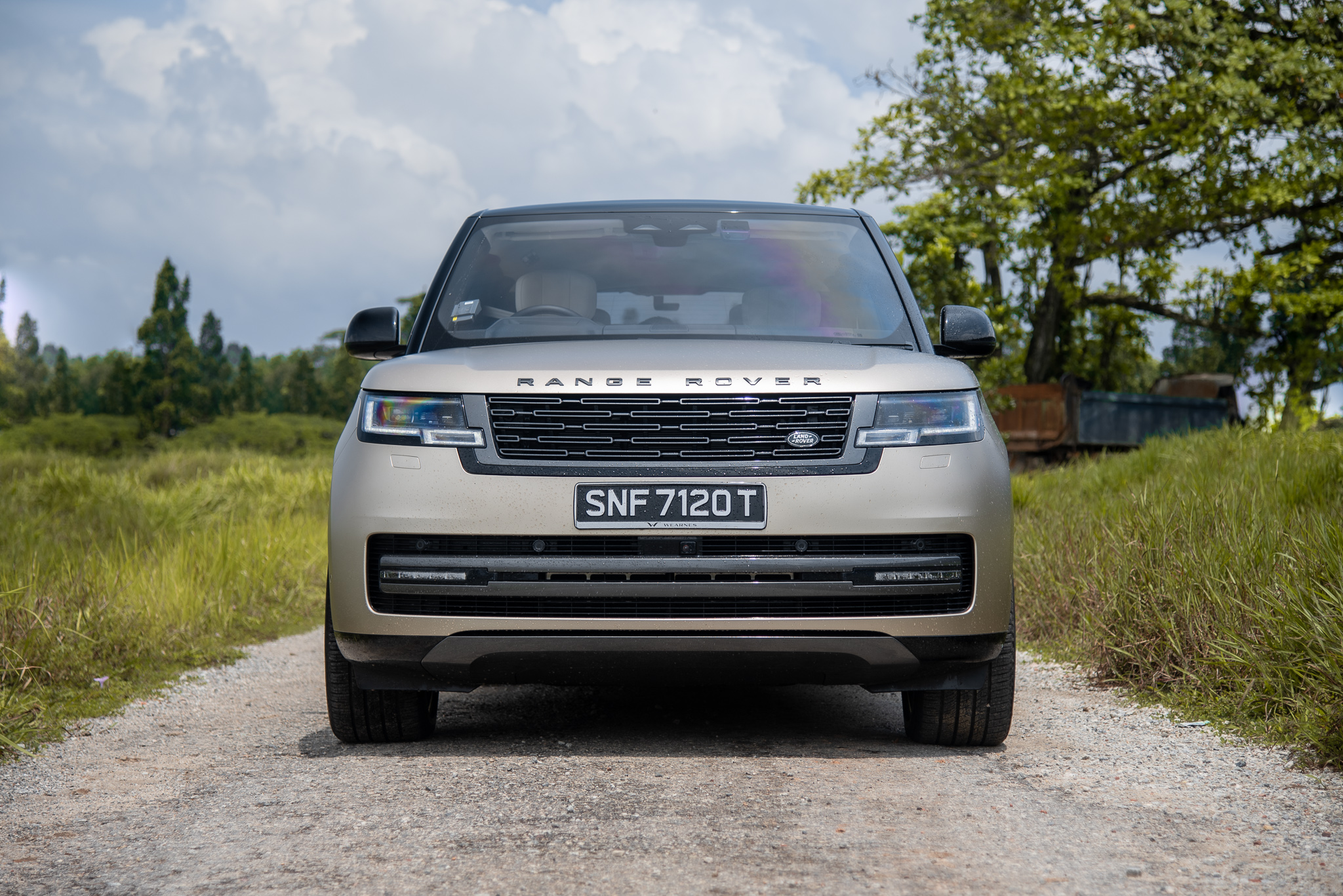
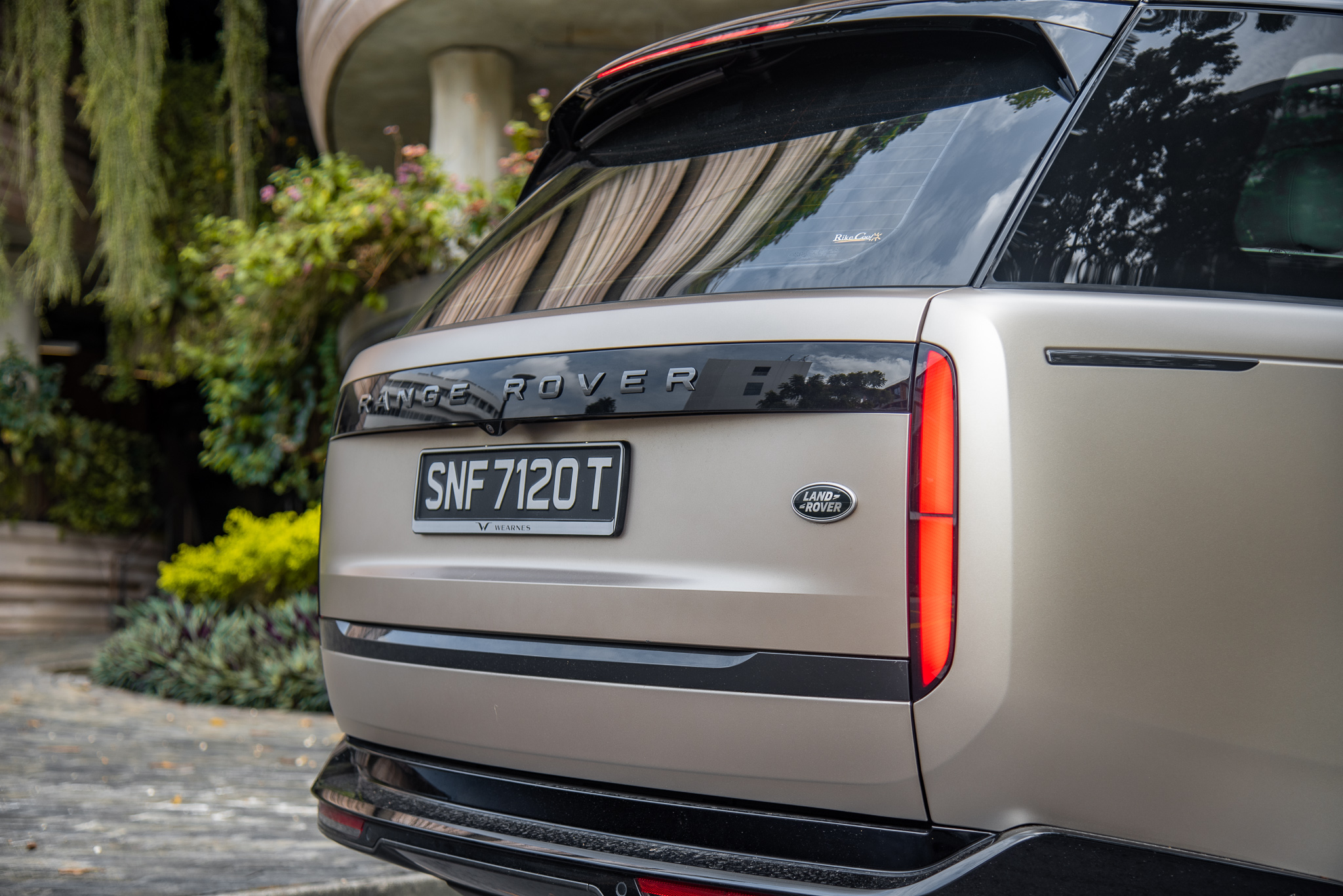
This three-door original was the progenitor of today’s fifth-generation five-door Range Rover, a model that has since developed into a luxury sub-brand under the Land Rover umbrella with a portfolio of models comprising Range Rover Sport, Velar and Evoque.
However, the OG doesn't even need a model name – it is simply, ‘Range Rover’. Not Sport, not Velar, certainly not Evoque, just Range Rover, which is both the brand and the model.
Along the way (and in tandem with the evolution of the increasingly comfortable Land Rover range), the Range Rover models were elevated into the luxury segment.
Fans of the model that lusted after the seven-seater ability of some of its Land Rover brethren will be pleased to learn that the full-sized Range Rover can now be optioned with third-row seats for the first time in its 50-year history.
Even before the addition of a Long Wheelbase model and customisable, high-luxe Autobiography trim (exactly like our test-car), the Range Rover has long been regarded as a credible alternative to familiar luxury limos like the Mercedes-Benz S-Class, BMW 7 Series, Audi A8 and Bentley Flying Spur.
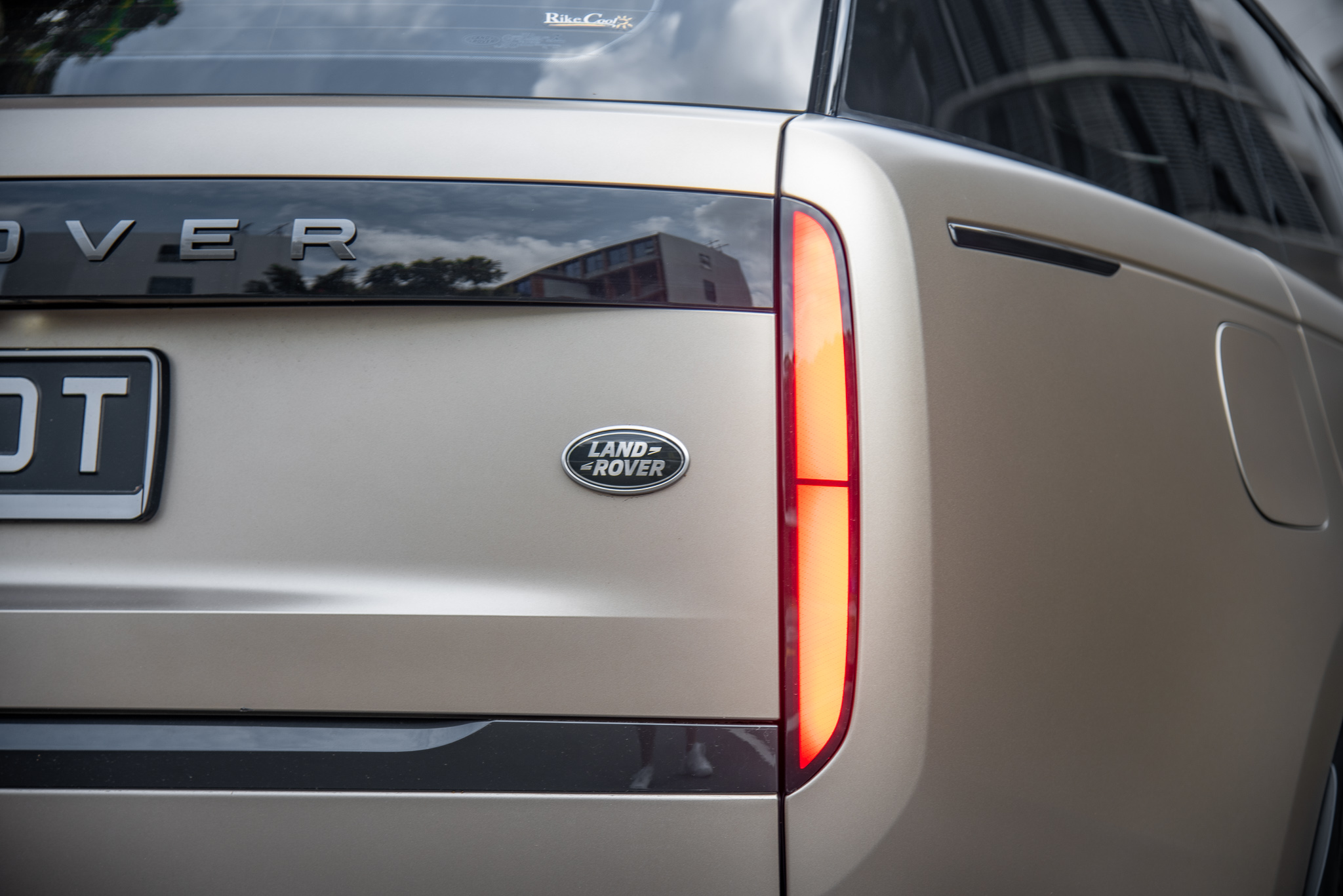
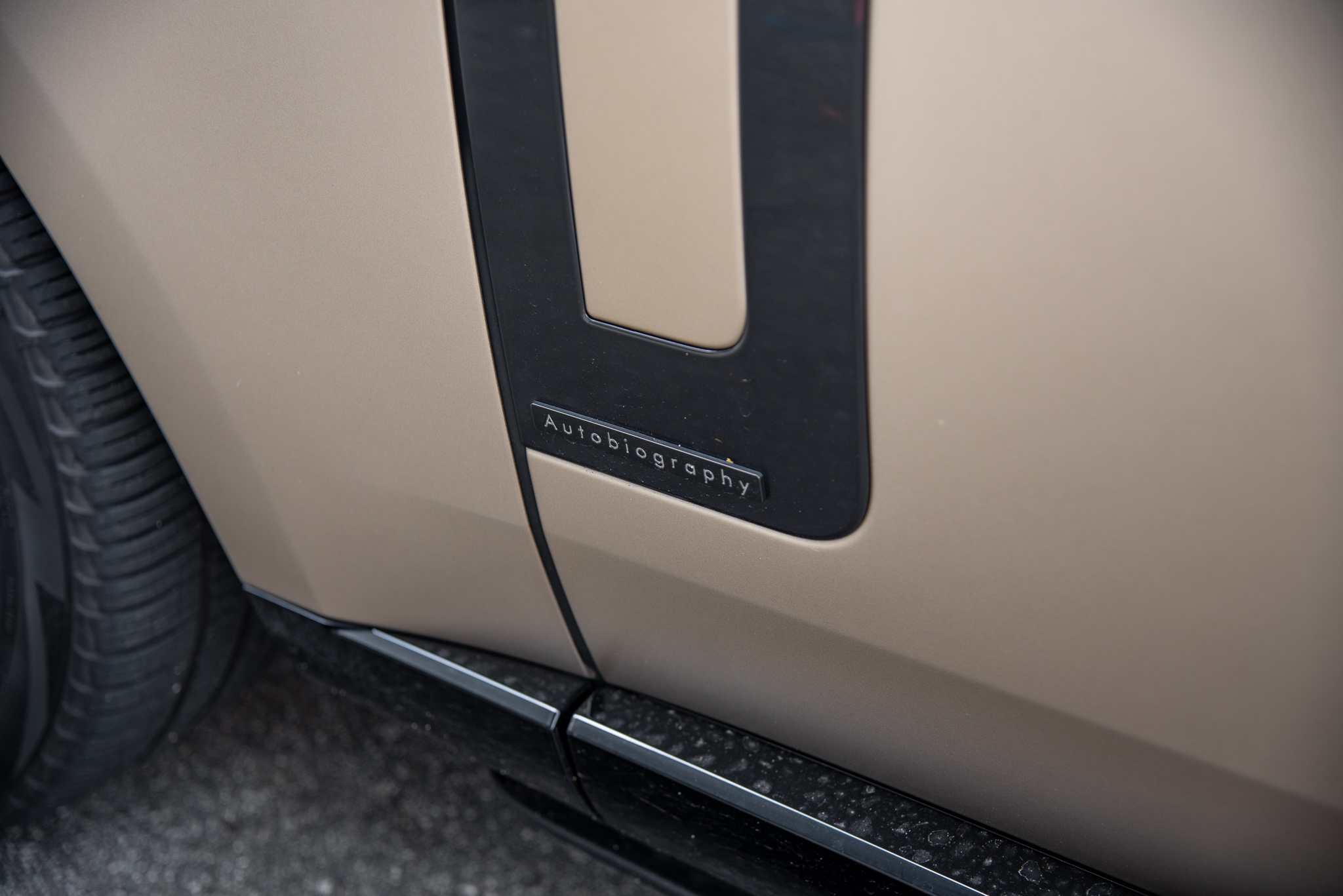
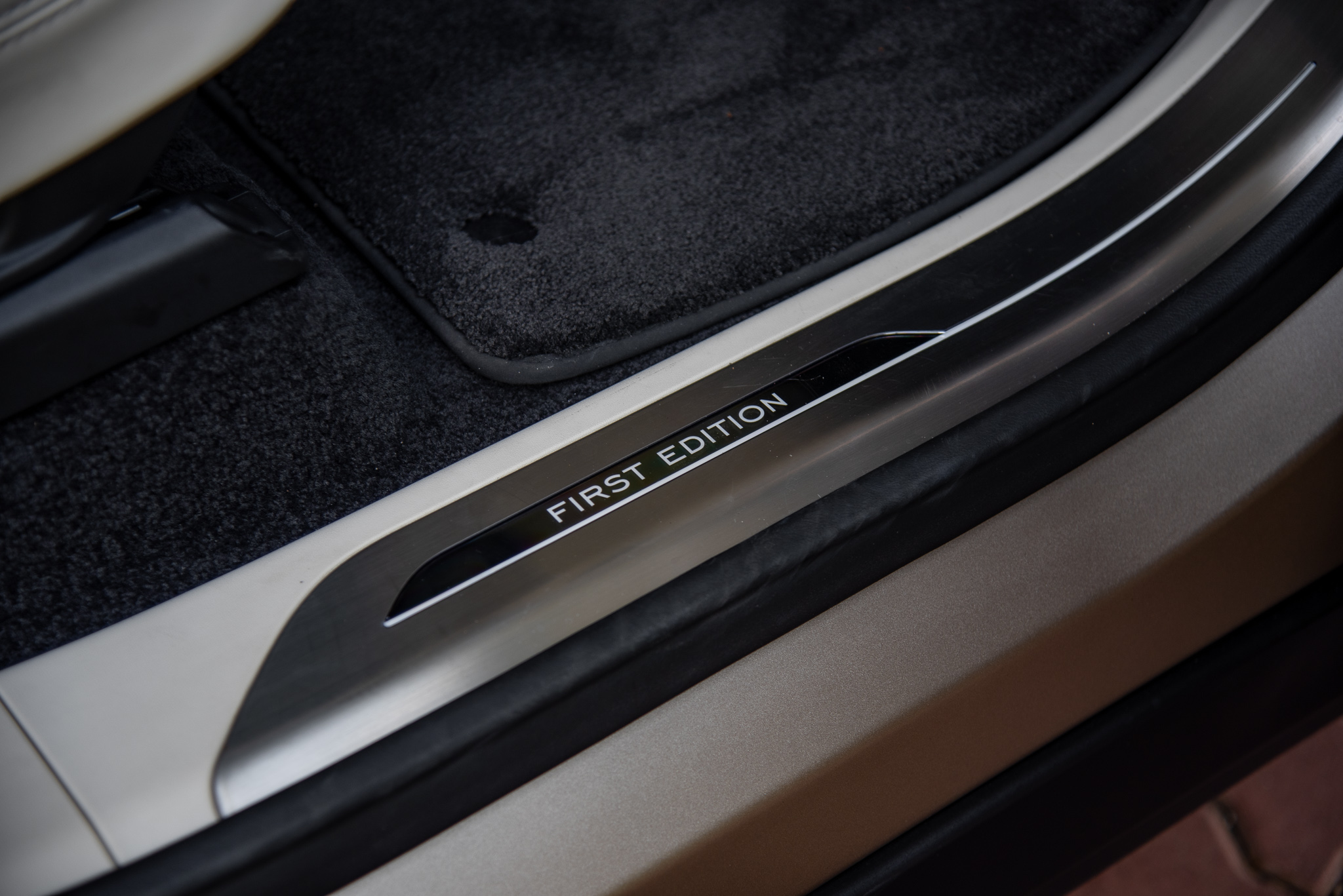
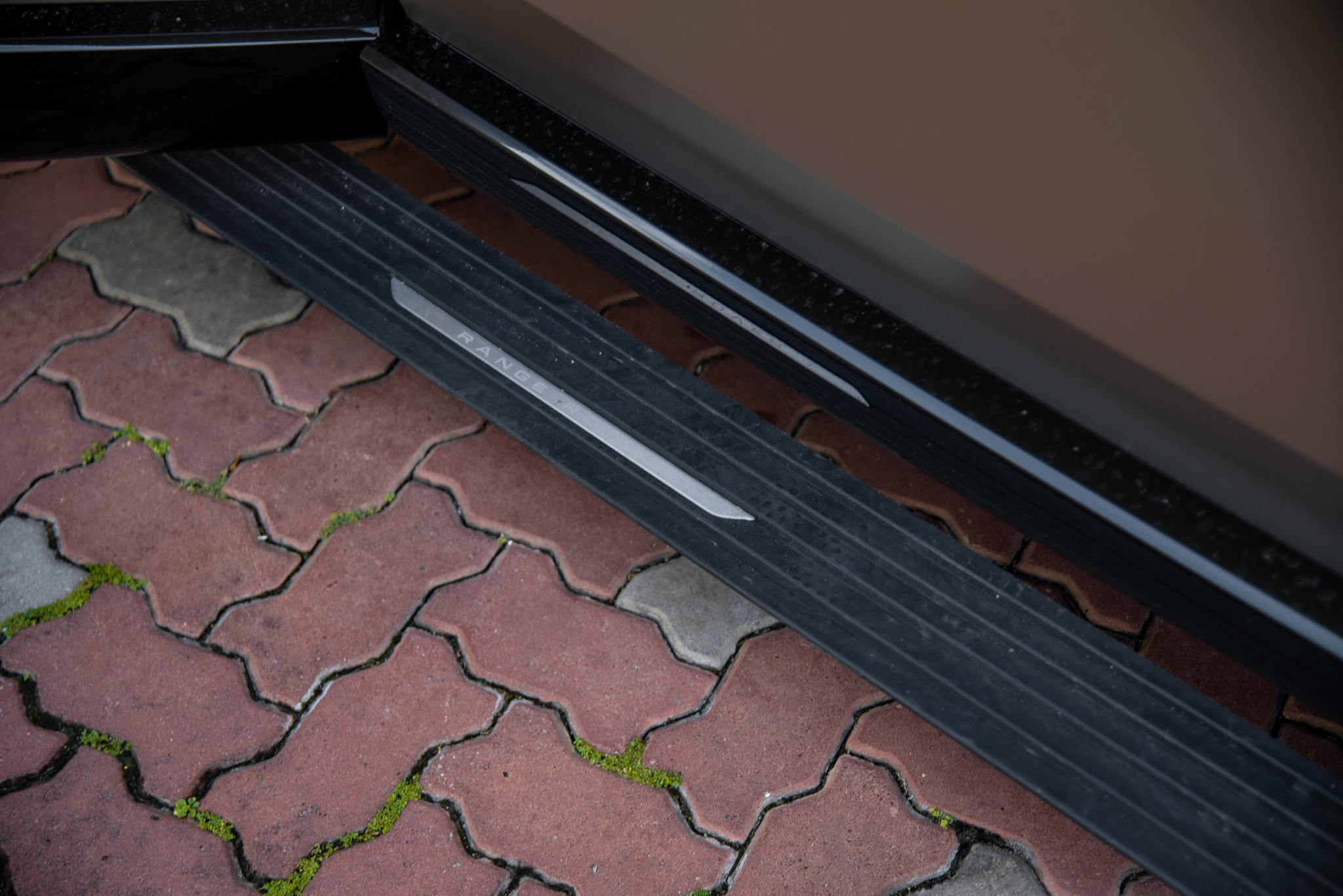
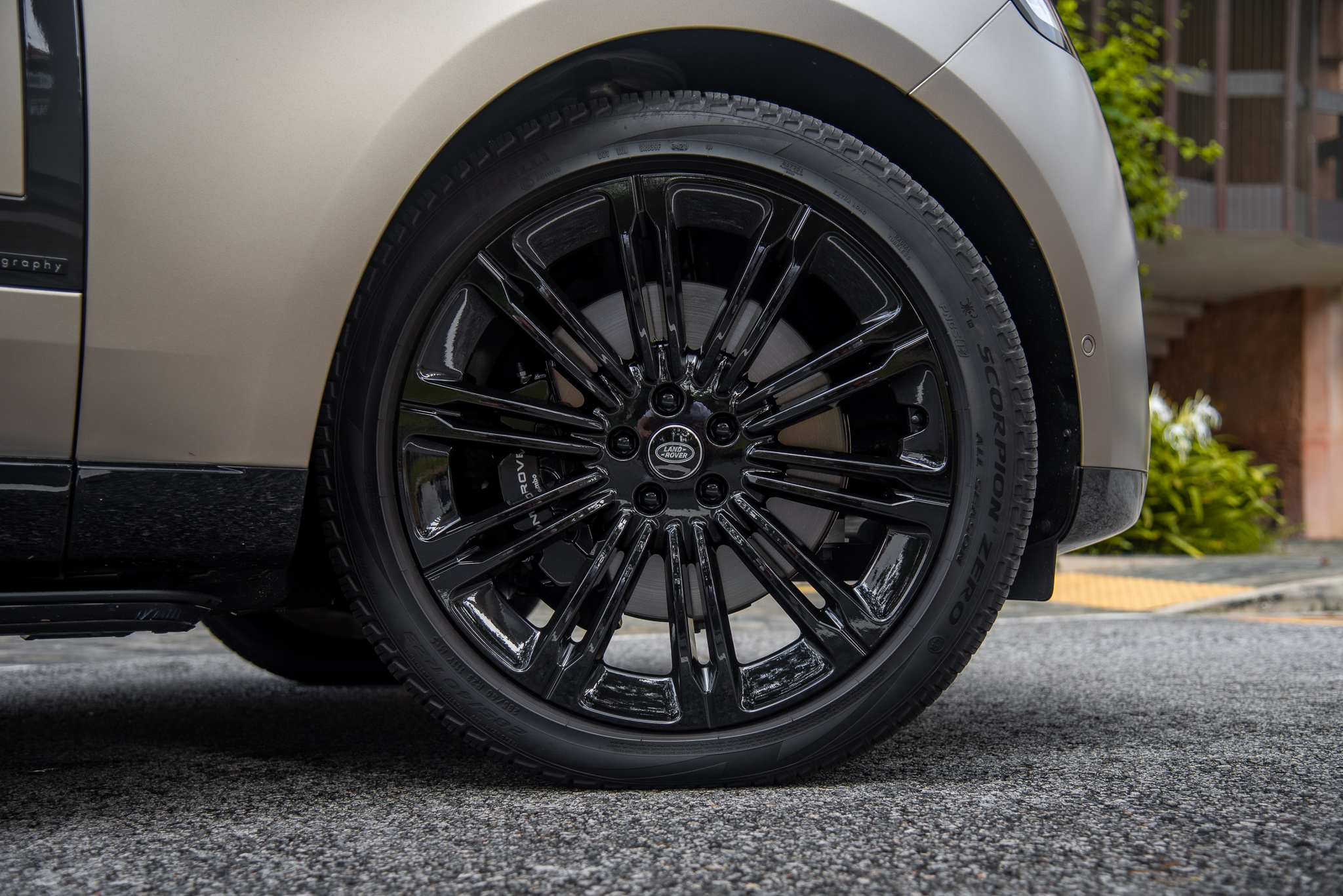
It should come as little surprise then, that BMW, Bentley and Mercedes-Benz (and its Maybach offshoot) have introduced large SUVs / Crossovers to compete in the segment.
However, then (and now), the Range Rover has always exuded an anti-style, anti-establishment appeal that defies the fickle winds of fashion.
The modern five-door Range Rover’s silhouette remains largely unchanged from the original three-door’s (that was displayed at the Louvre in 1971 for being an ‘exemplary work of industrial design’) with only moderate updates to suit the times – after all, for such a timeless design, if it isn’t broken, don’t fix it!
To us, the updated rear design treatment is most distinctive and creates an unmistakable light signature to many of those trailing in the wake of this 2.6-tonne 5252 x 2209 x 1870mm (LxBxH) behemoth… both literally and metaphorically.
The Sport, Velar and Evoque are designed to flash things up for the folks who can’t appreciate the understated, minimalist chic of this ‘Maxi’ big brother.
However, fans of the ubiquitous Range Rover will certainly appreciate its evergreen qualities, which is akin to Rolex’s coveted sports models – immutable, implacable and inimitable.
The Range Rover sits on an enviable perch in the sub-S$1m niche that spans S$600+k to this V8 LWB Autobiography demo-car’s S$800k with a self-assurance that comes with the confidence and surety found in those with nothing to prove.
It doesn’t pretend to be as sporty as the Urus or as high-luxe as the Cullinan, while its on-board tech is more intuitive than gimmicky.
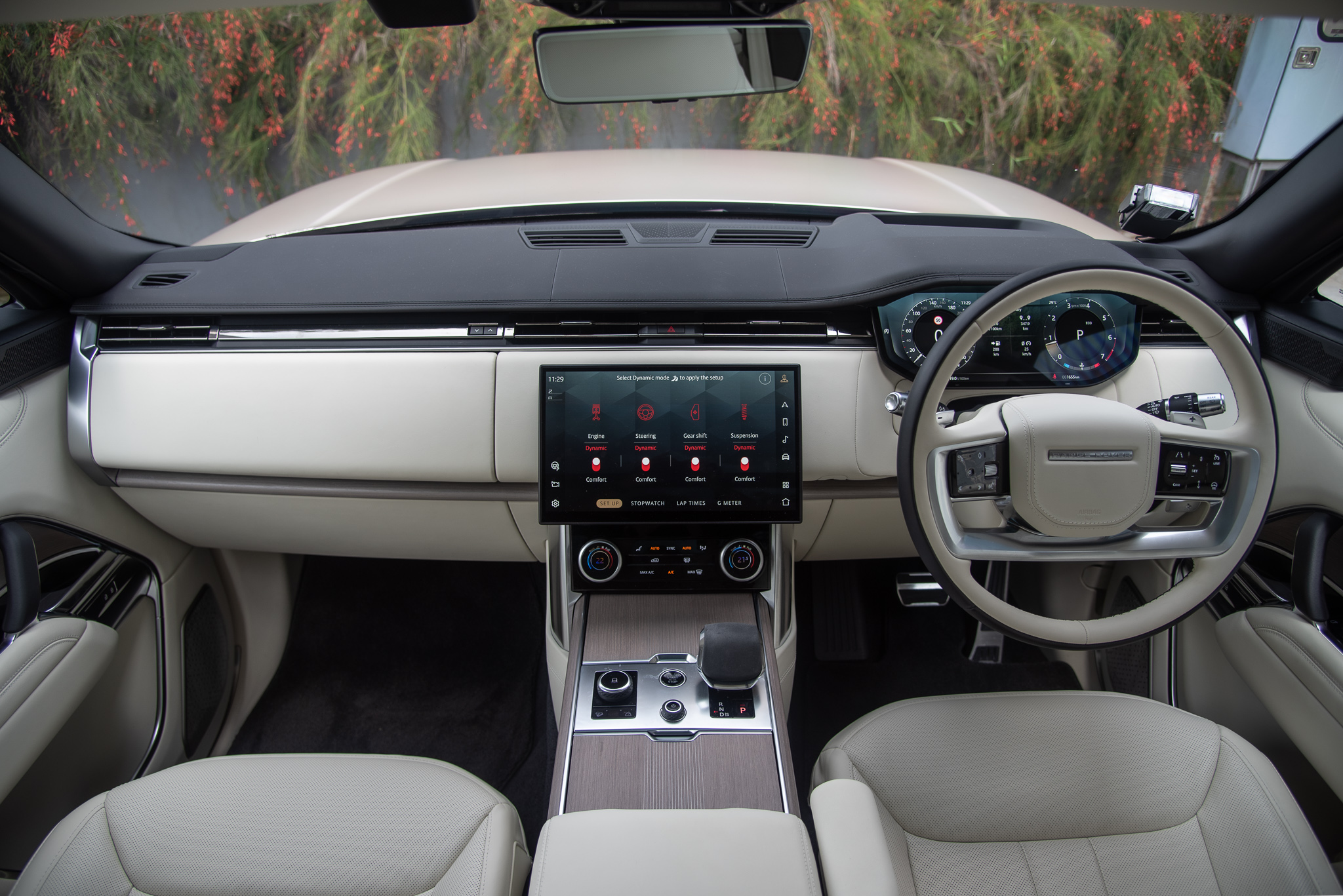
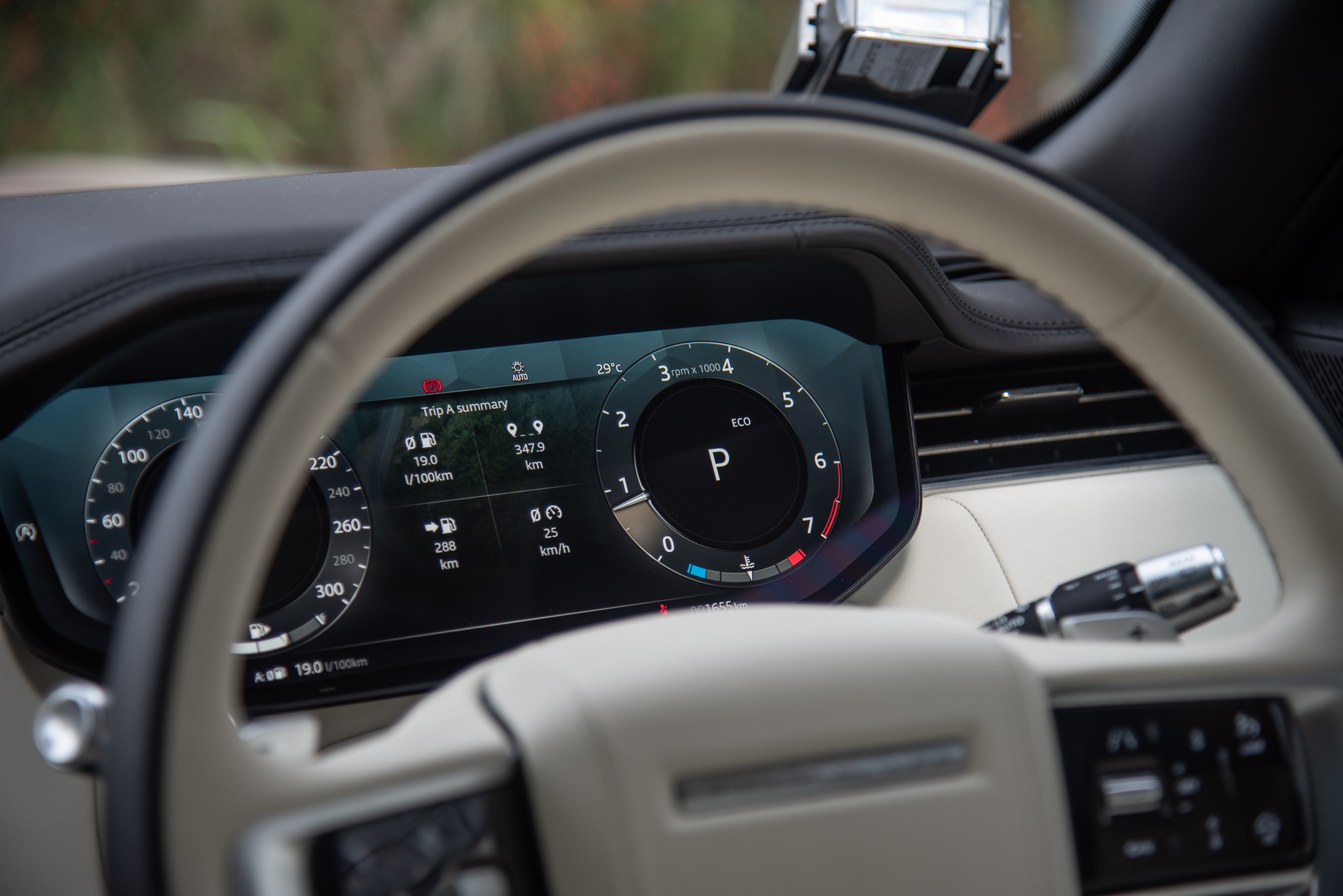
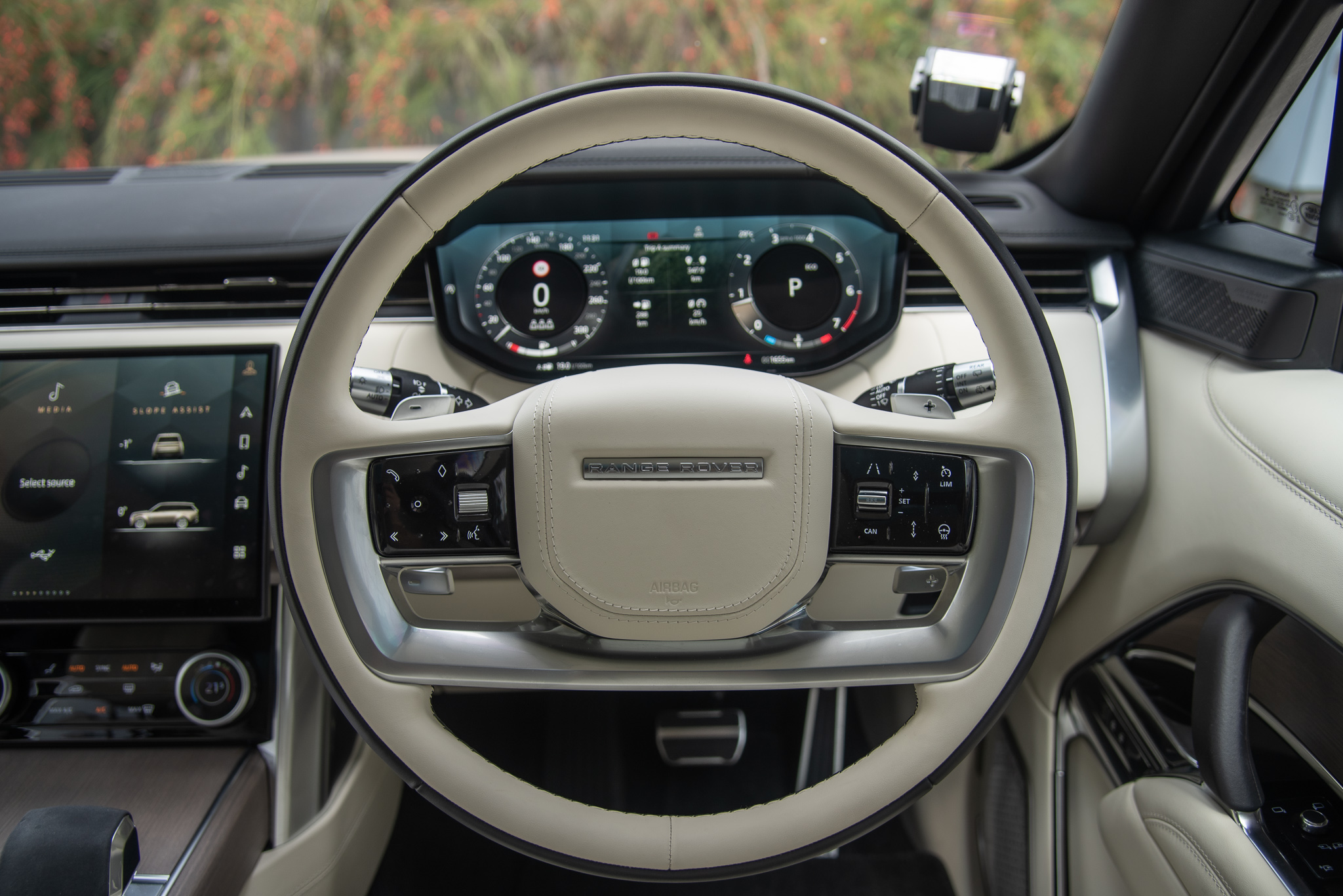
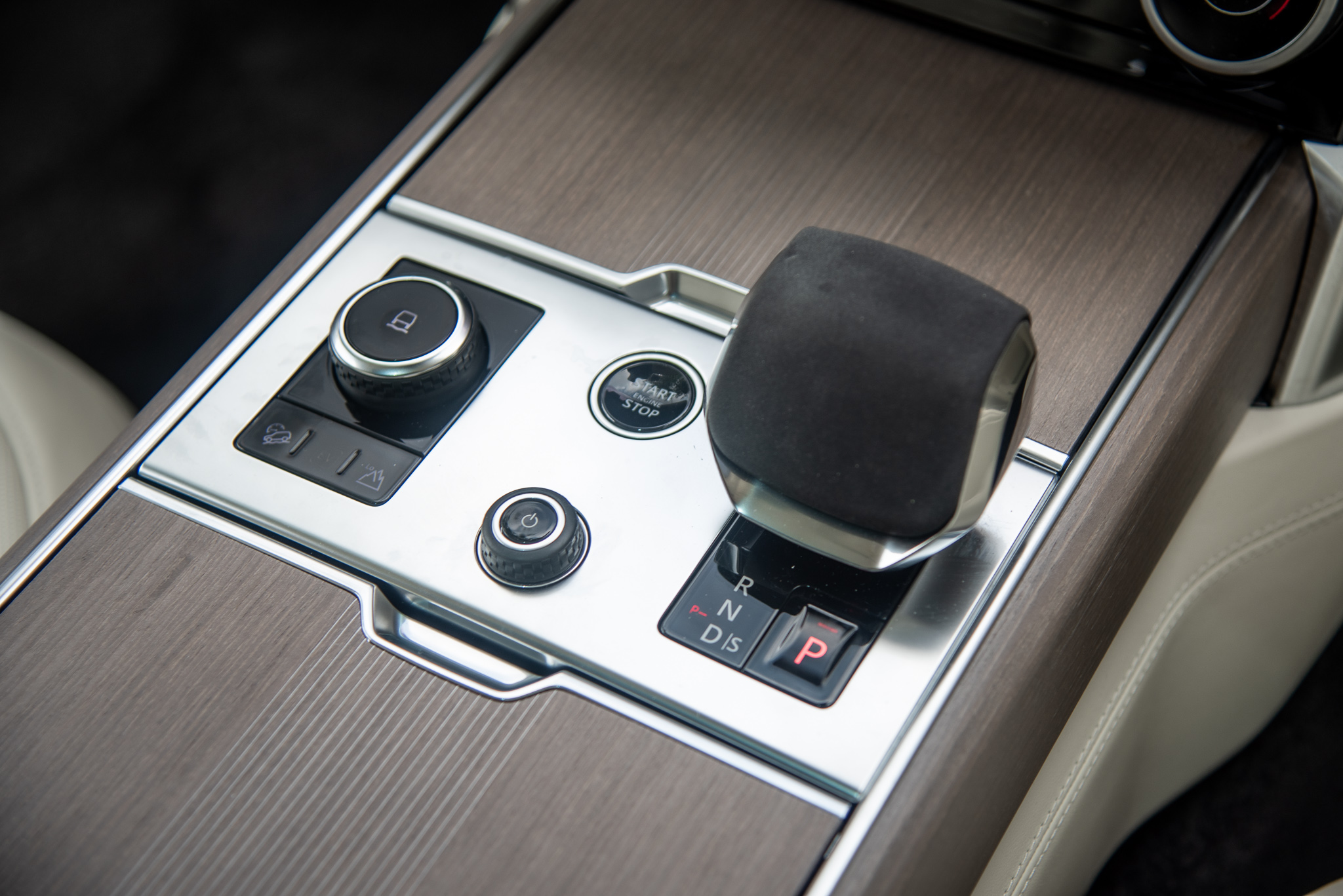
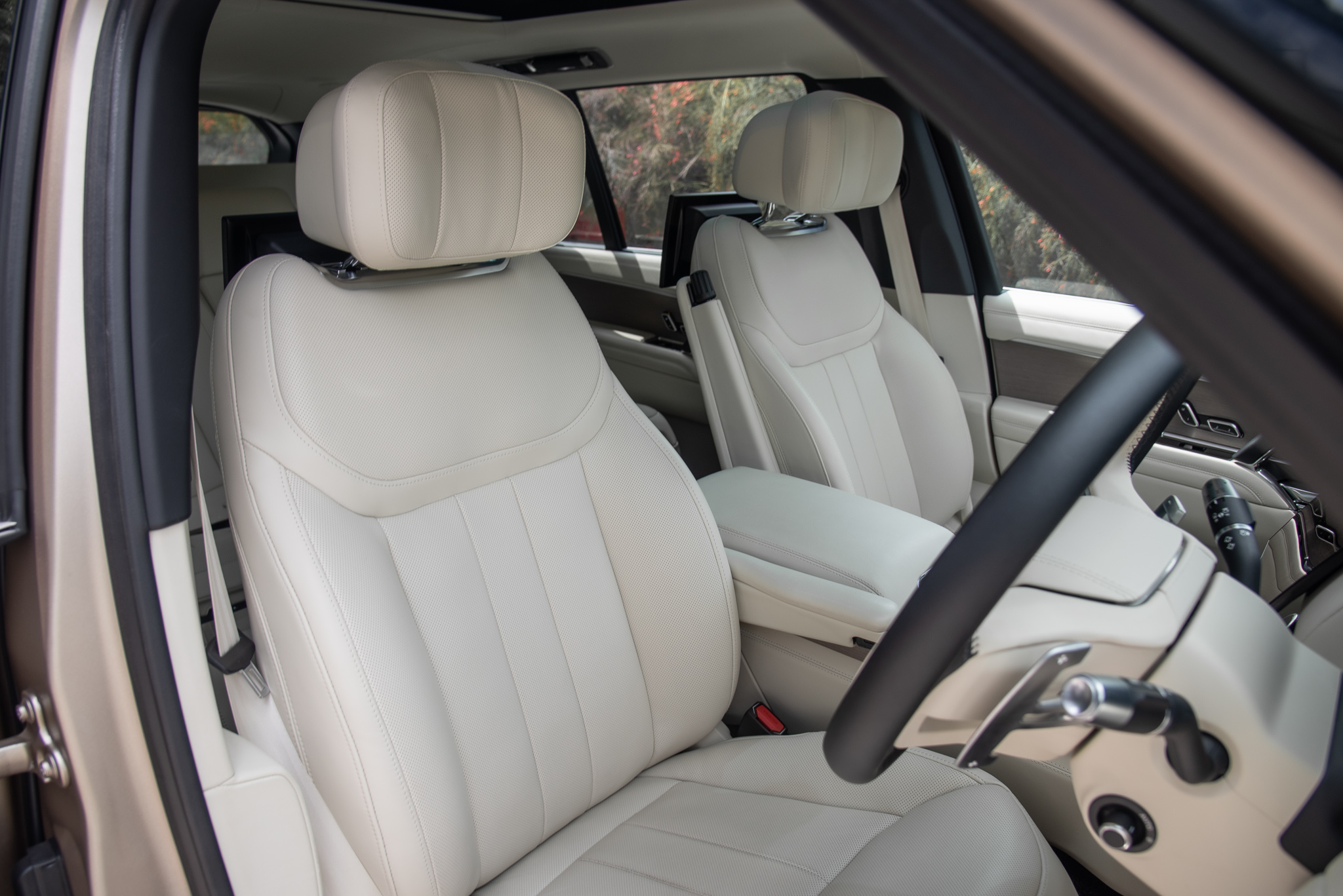
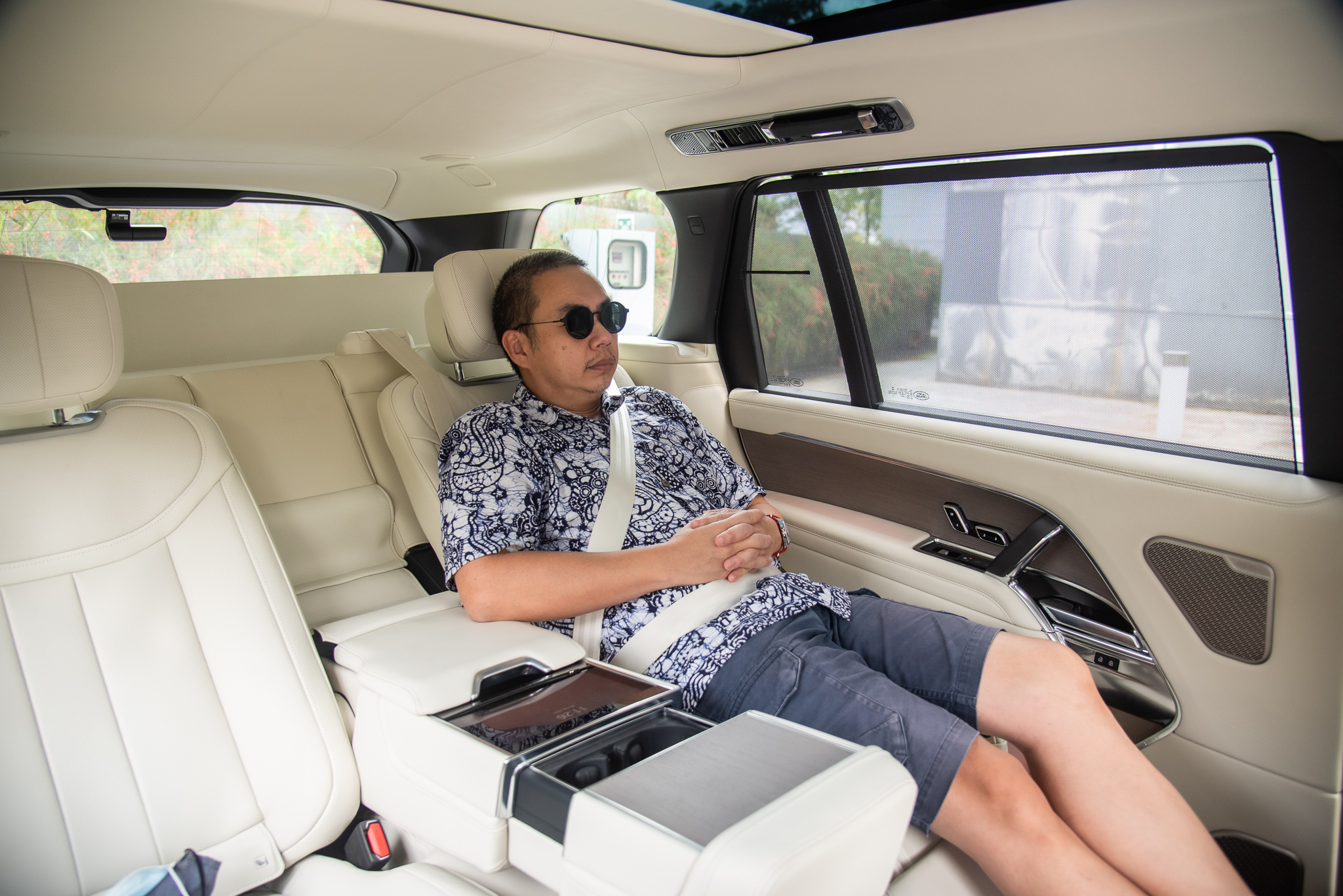
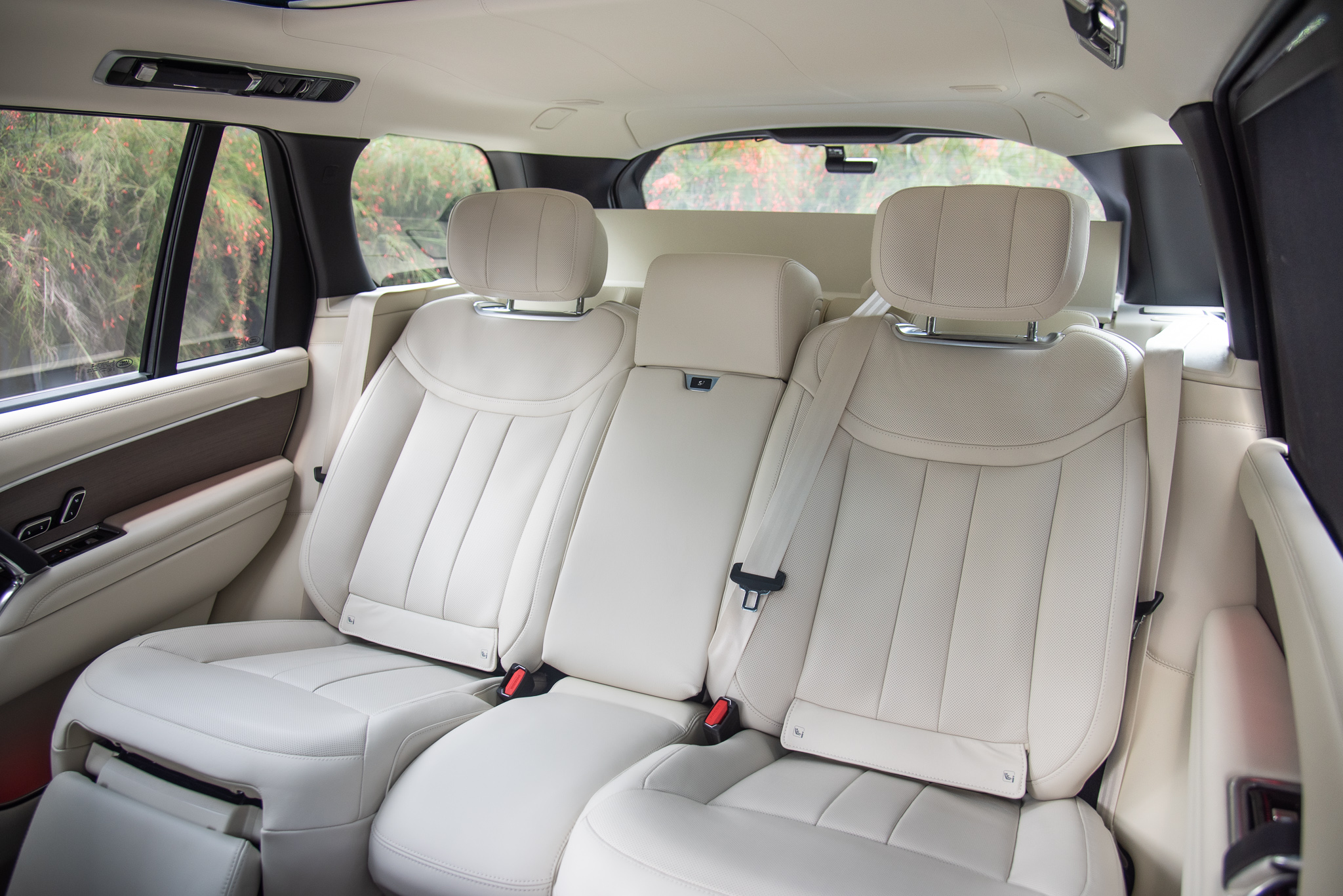
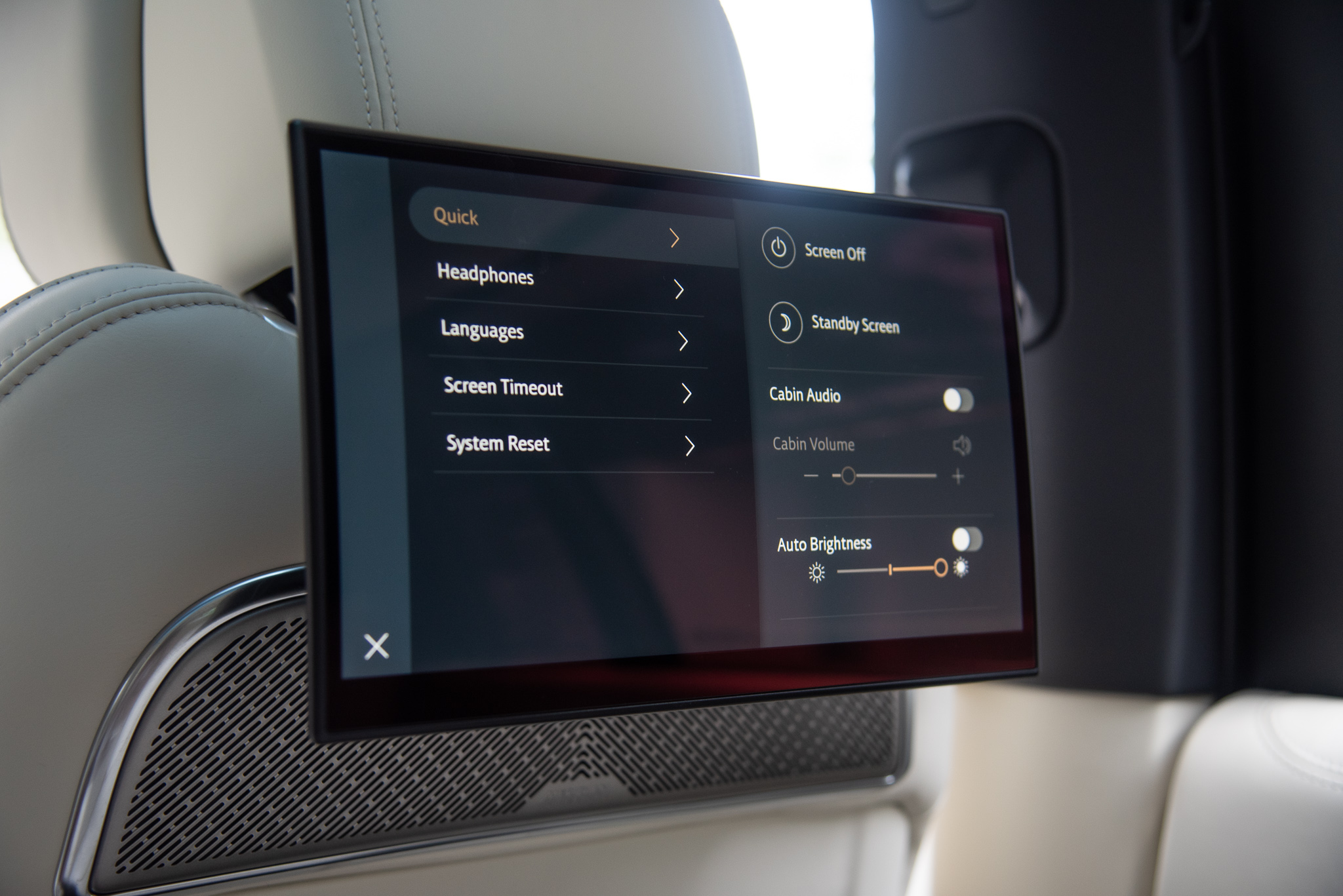
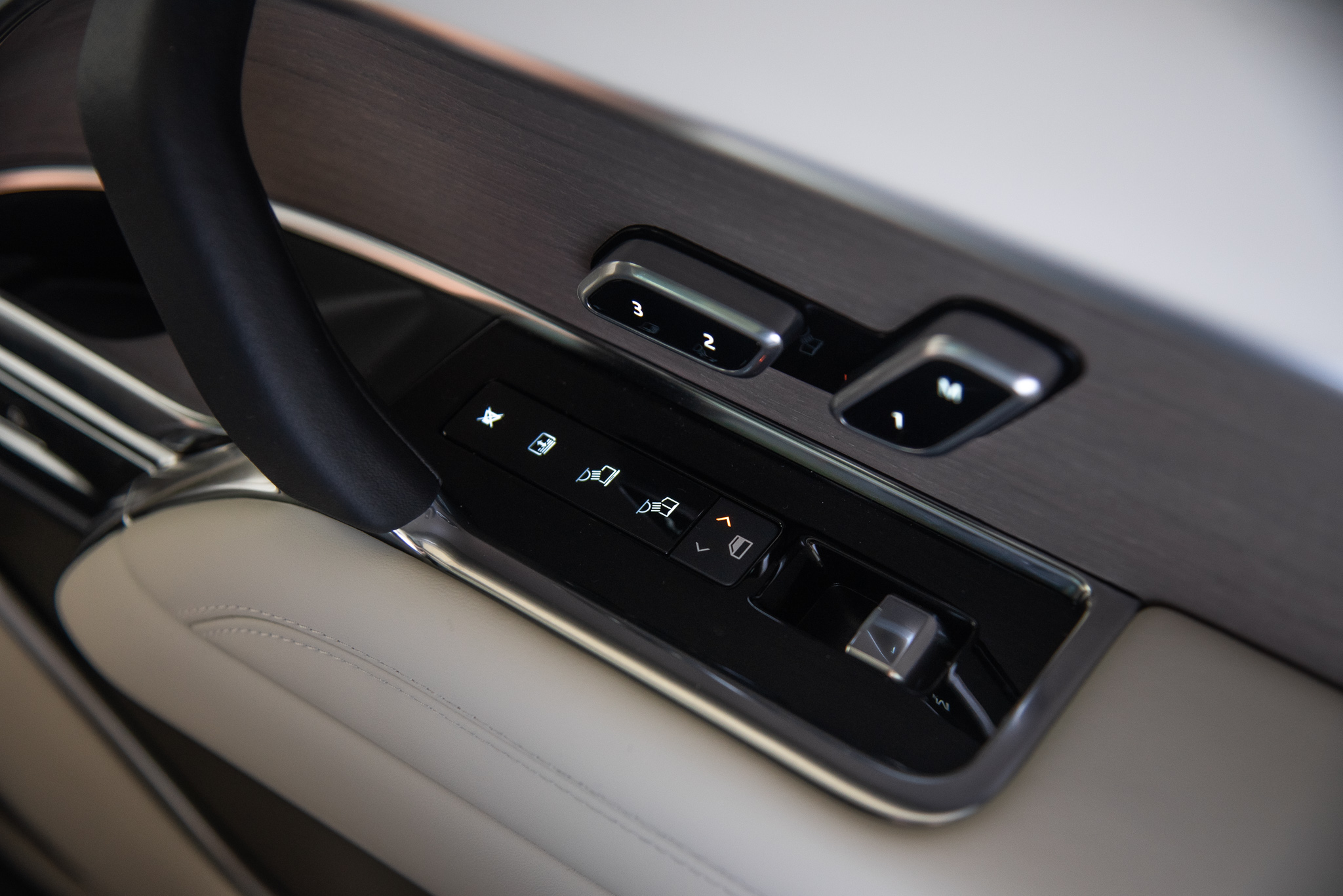
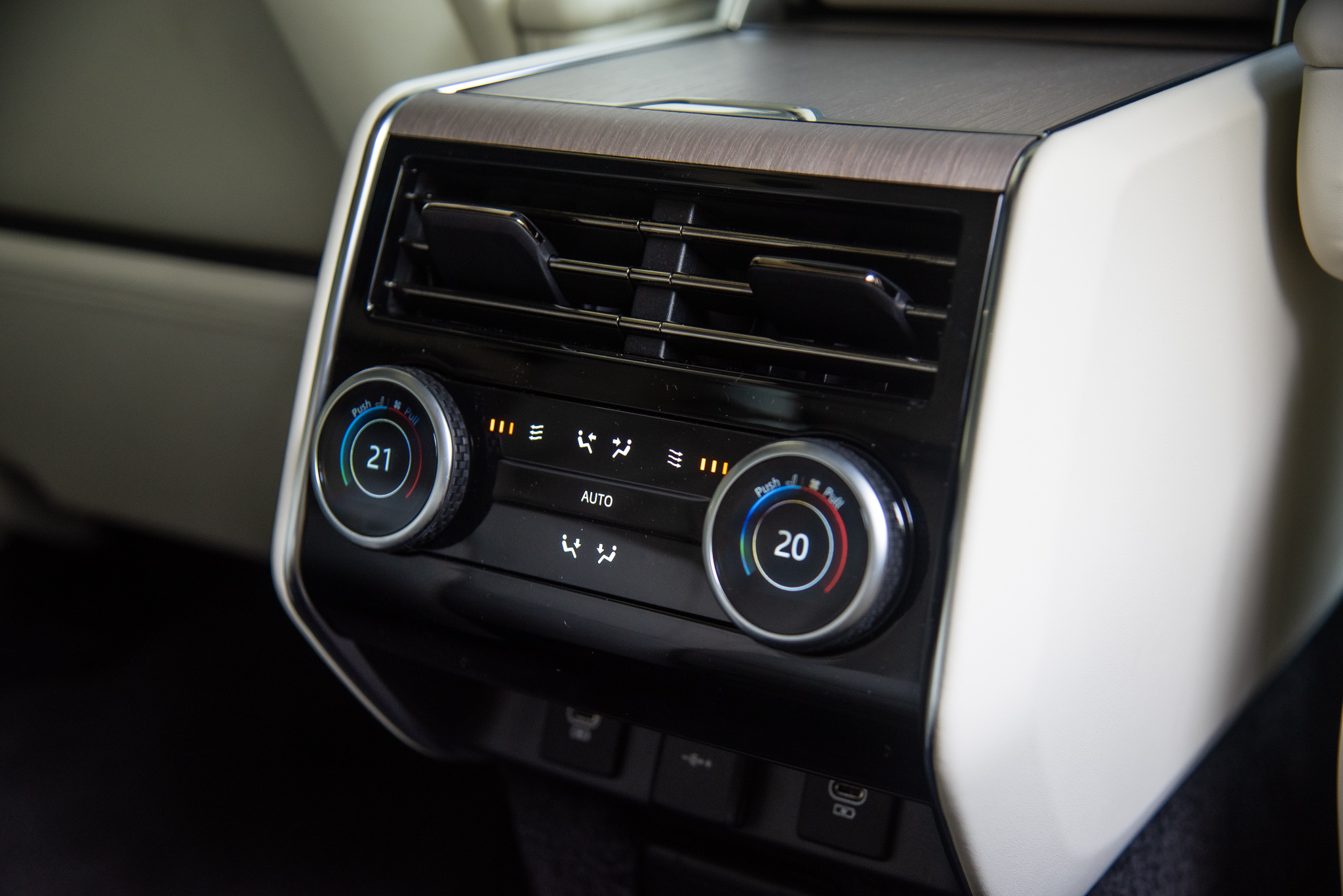
Like its most recent predecessor, it is lushly appointed with all the bells and whistles to create a luxurious ambience regardless of whether you’re driven, or doing the driving.
Thanks to the brand, we enjoyed some post-drinks rear seat-time on the soft, supple seats during our journey home to contemplate everything in eerily hushed silence, even as we luxuriated within the Long Wheelbase’s commodious 3197mm wheelbase.
As before, the two main rear seats can recline (the seat behind the front passenger can fully recline with an Ottoman footrest, which is optioned on this First Edition test-car) and feature a massage function (now accessed through a central touchscreen controller), but it is how everything feels solidly hewn and tautly cohesive that elevates the cabin experience.
The new Range Rover doesn’t do many things different from the last LWB Autobiography – it just does everything better.
This is the sort of intangible quality and emotional quotient that defines the luxury motoring experience beyond ticking-off checklists and tit-for-tat one-upmanship, because luxury is all about the ‘feels’ and not just ‘filling-in the fields’.
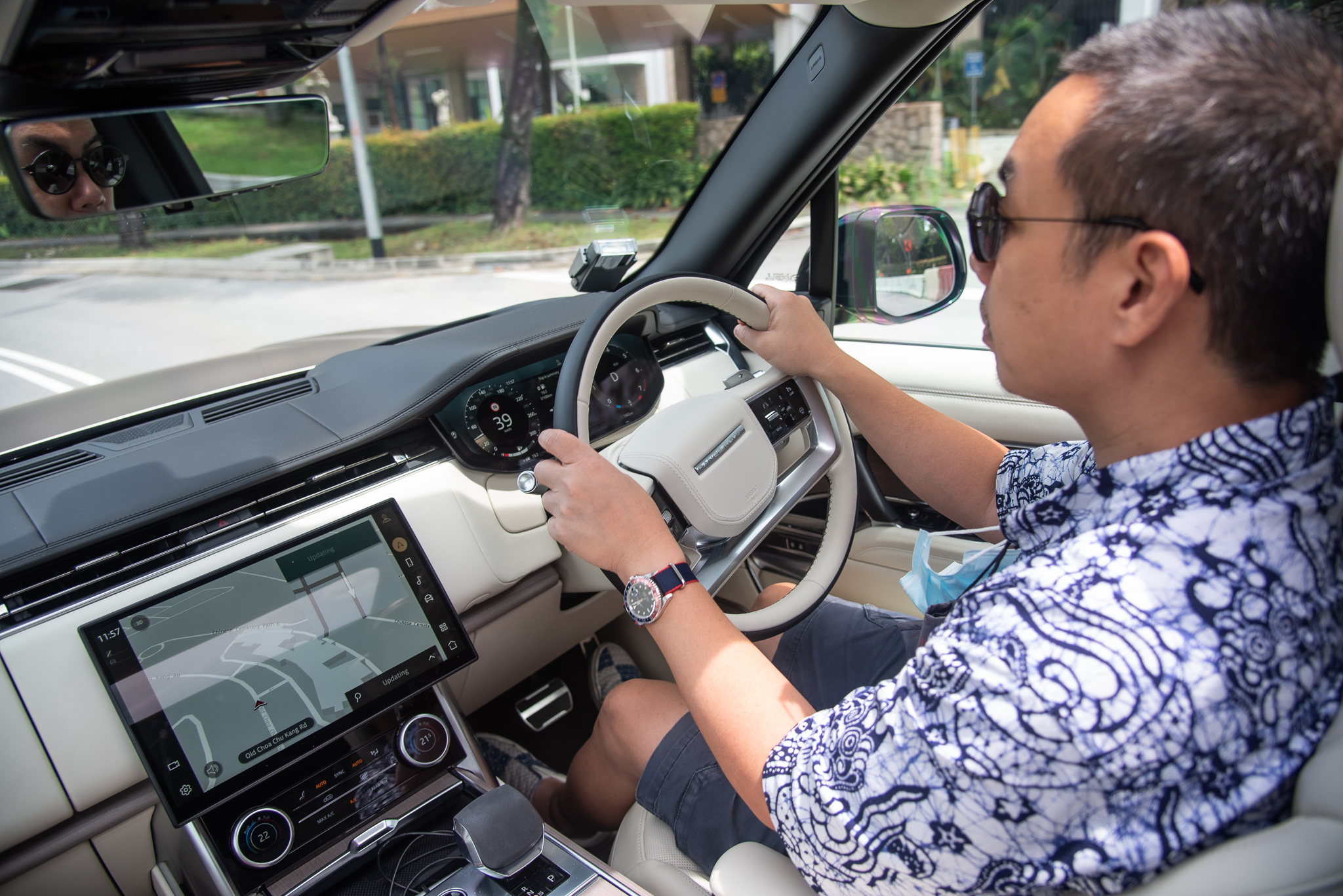
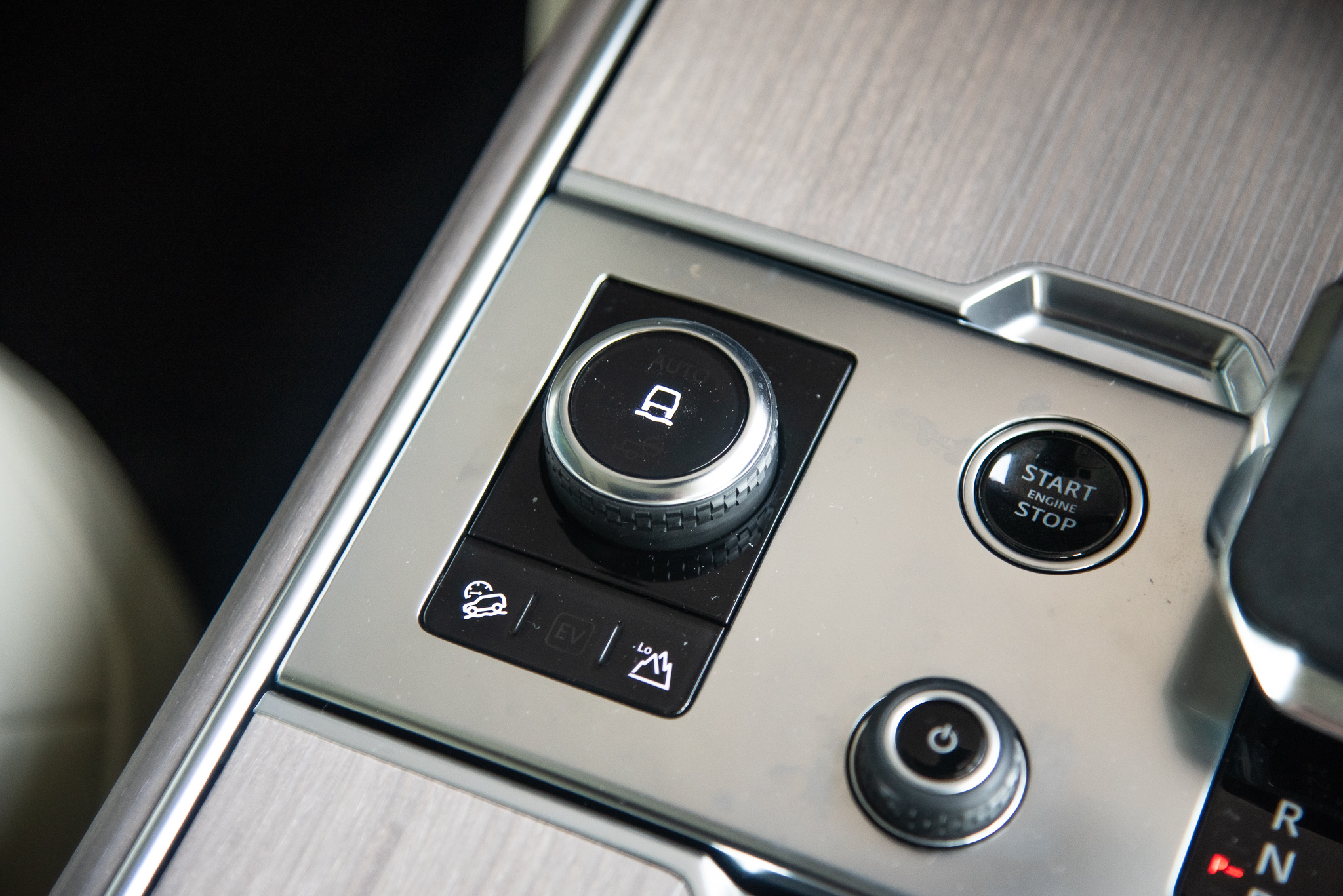
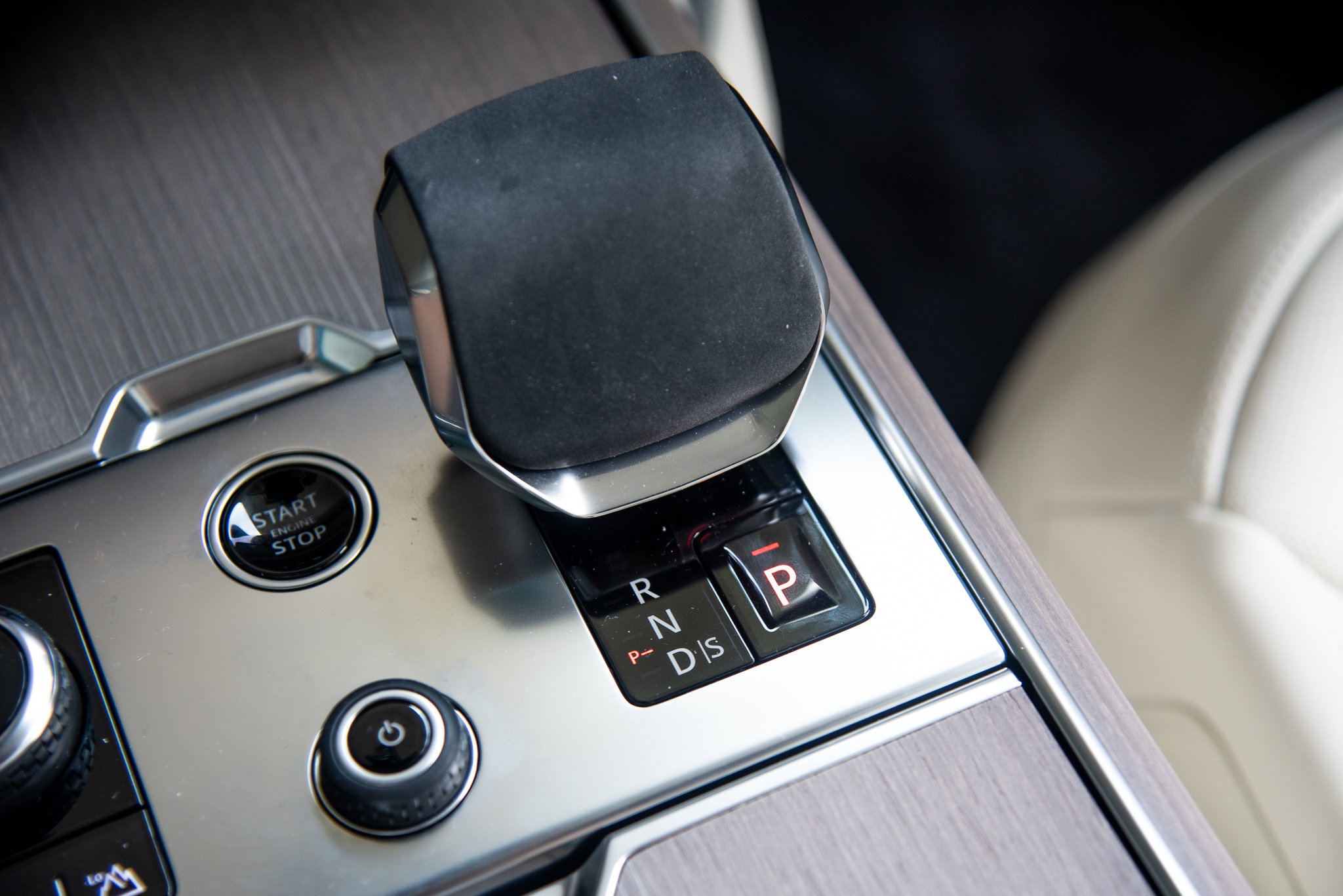
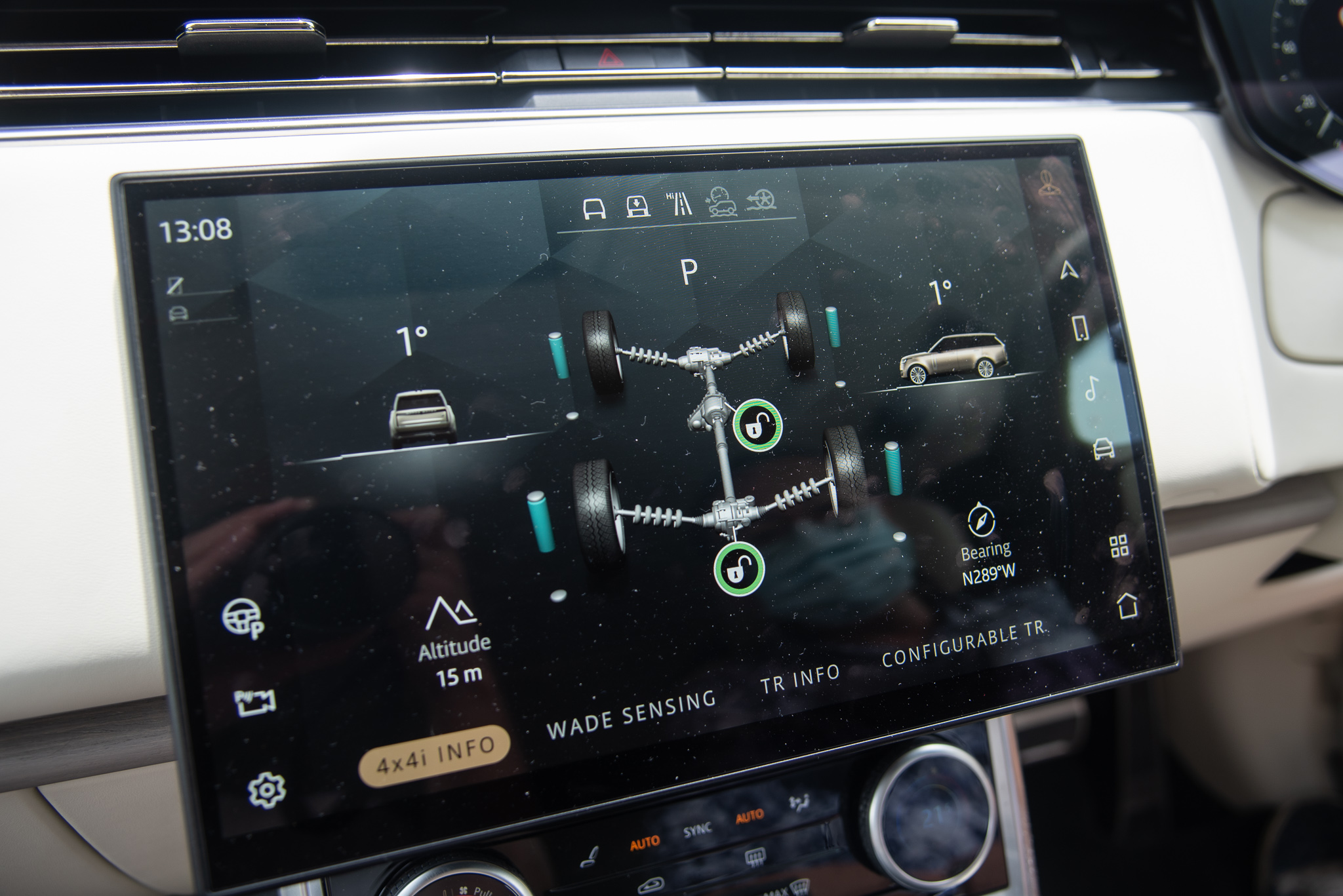
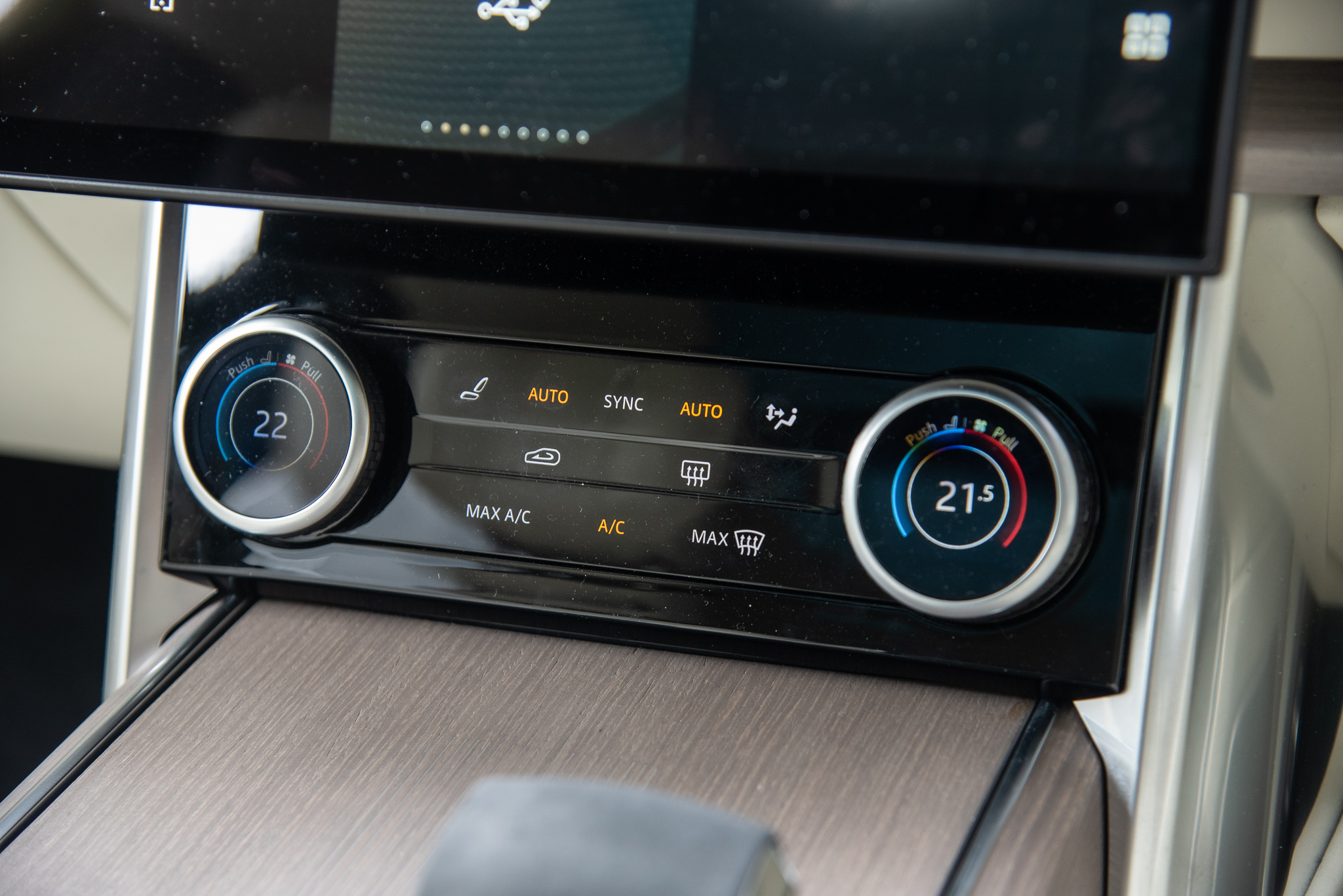
It’s a waft-worthy commuting experience for both the driver and the passengers, with the V8’s huge seam of torque from 1800rpm making for unruffled and unstressed seamless progress.
Despite its proportions and kerbweight, it is by no means a ponderous leviathan, because when the V8 is roused to anger, it’ll propel the Rangie from standstill to 100km/h in just 4.7secs.
The LWB test-car is 200kg heavier and 200mm longer than the regular Range Rover, but it is surprisingly agile to drive once you’re at its helm thanks to all-wheel steering, which is standard on this new model.
It’s almost spritely (if that’s possible), but you’ll need to let the weight settle properly (like on the previous models) before trying to put the power down exiting corners.
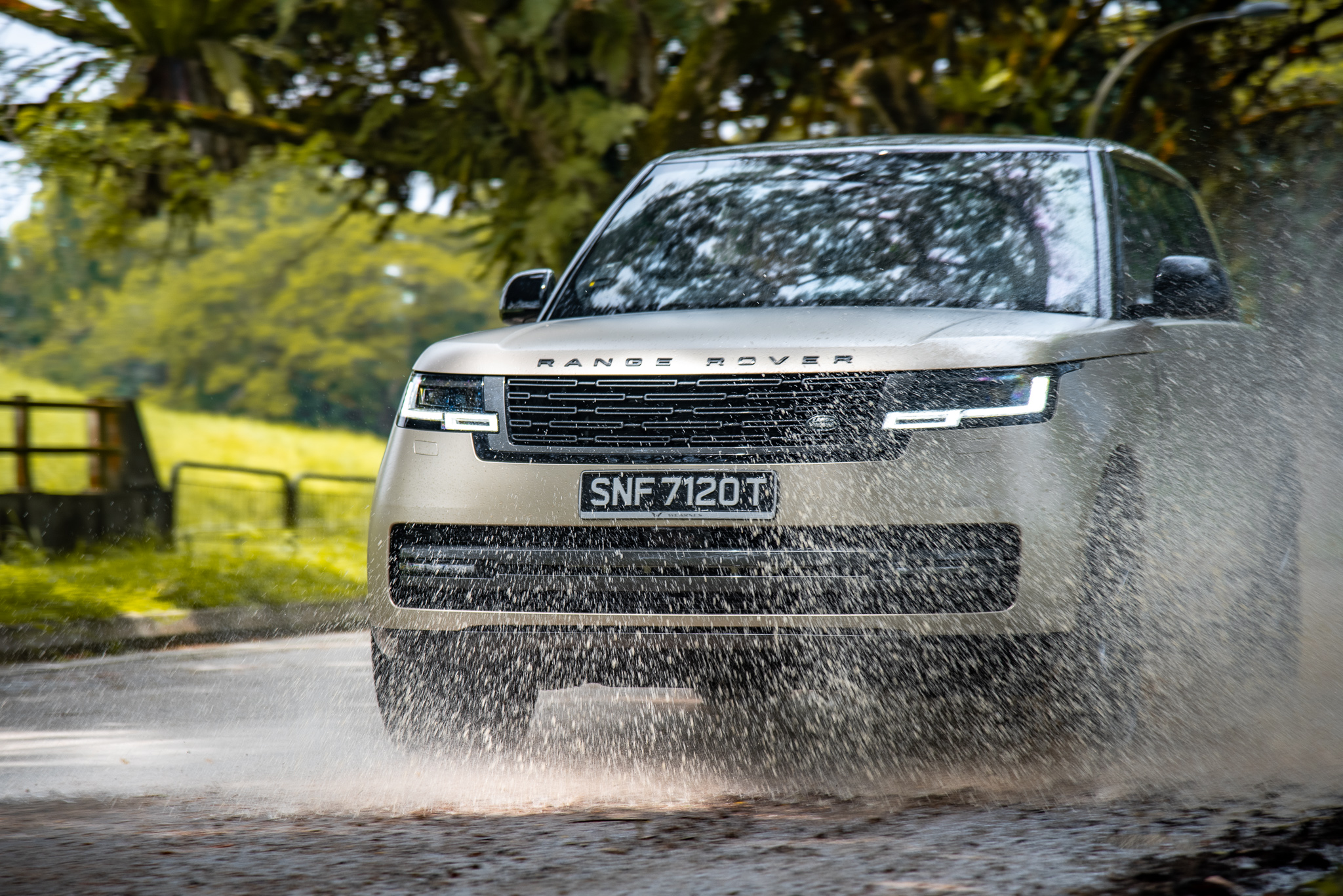
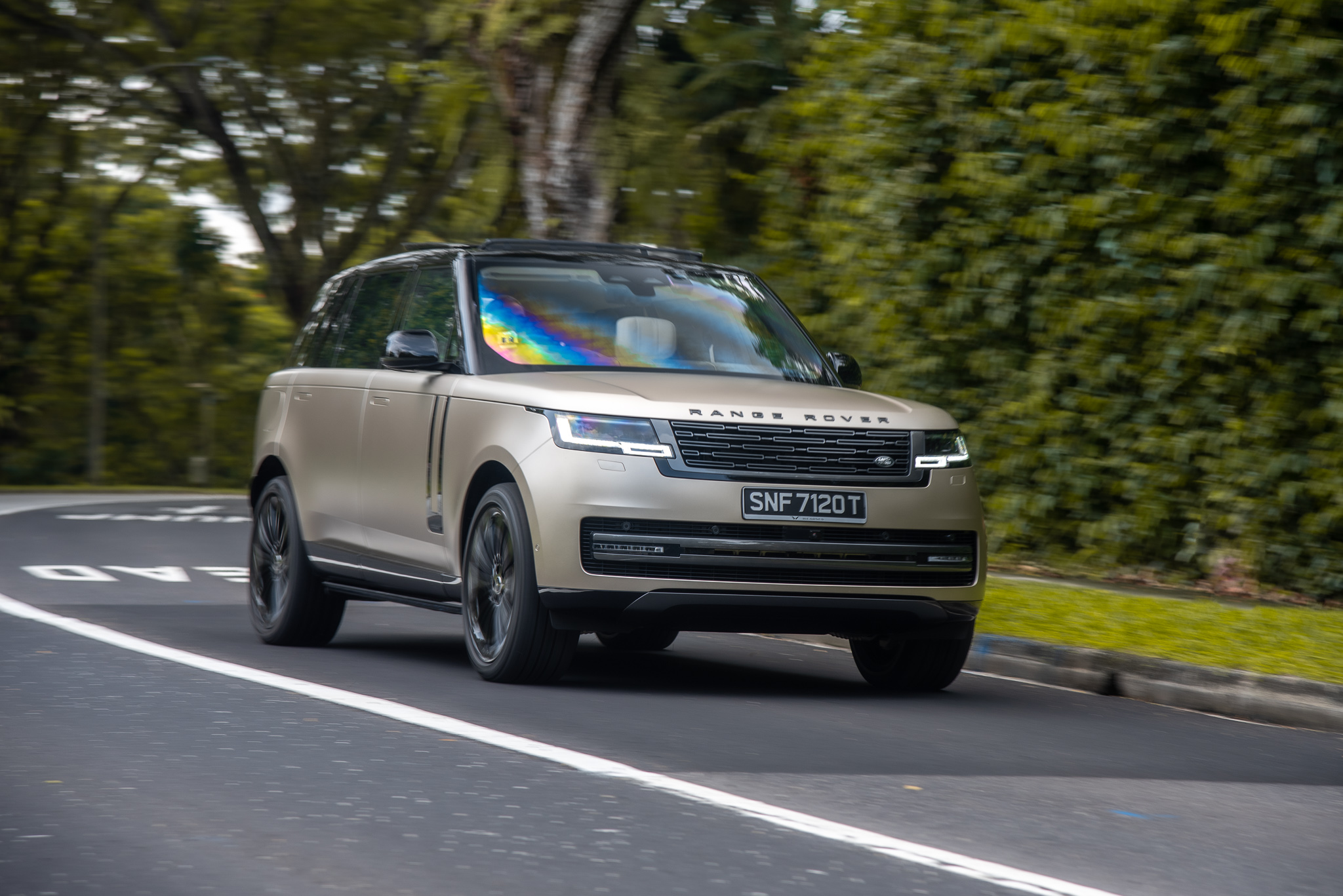
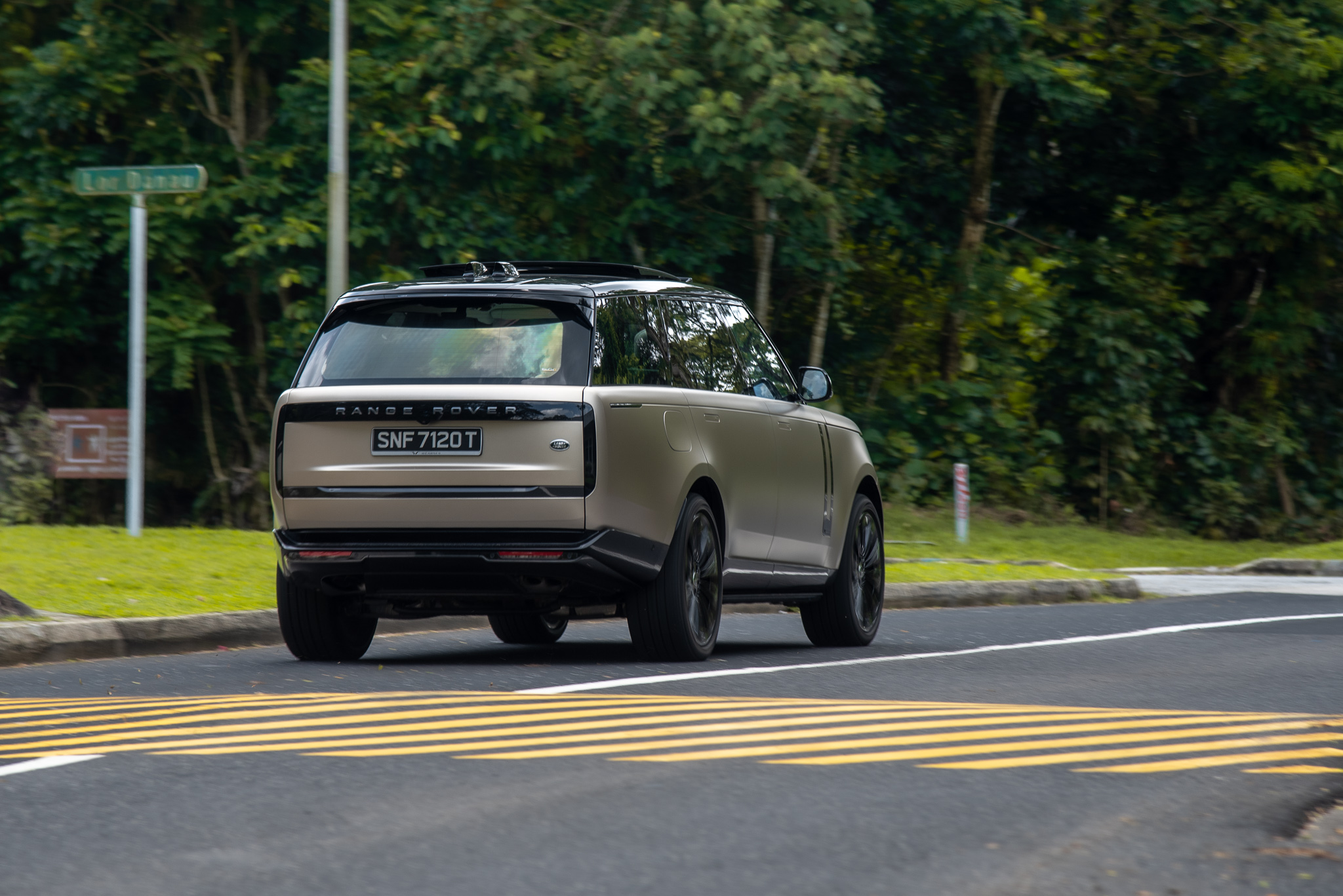
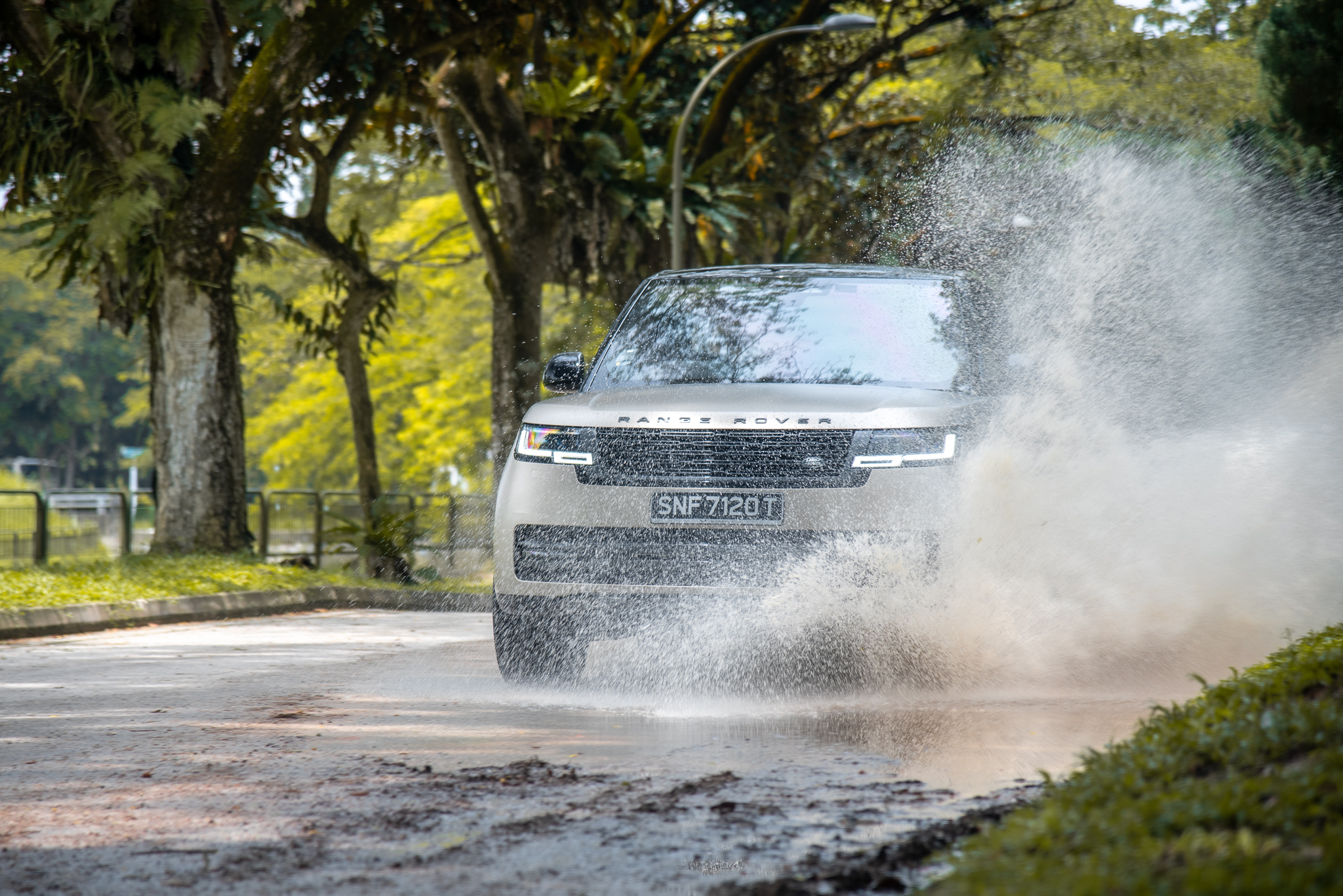
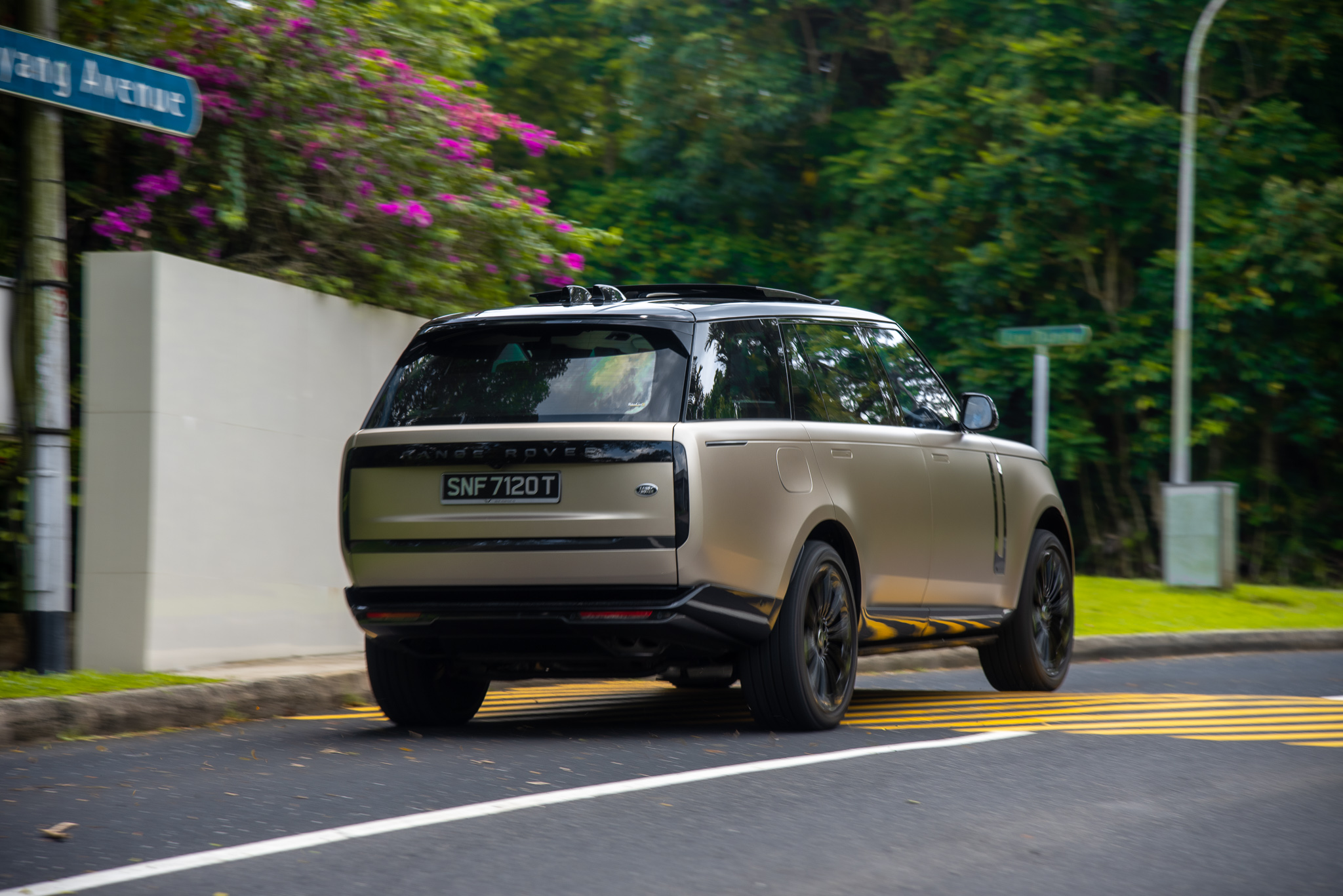
Don’t be mistaken though, because this isn’t the Range Rover’s attempt at being ‘dynamic’.
Rather, these are all in furtherance of its quest for effortlessly luxurious overland travel, especially with the 4.4’s Dynamic Response Pro actuating the electronic dampers.
As we were ensconced in the plumply-padded rear seats, we liked that the rear-steer isn’t tuned too aggressively, but is instead calibrated to deliver progressive and natural responses for sublime motoring comfort.
All the Pivi Pro infotainment and vehicle-related features can be accessed via the 13.1-inch touchscreen, which includes one-touch to deploy the Tailgate Event Suite, which opens both flaps of the Range Rover’s characteristic split-tailgate.
It’s hard to explain why every generation of the Range Rover is something of an acquired taste that appeals to some, but not to others.
The Range Rover doesn’t have anything to prove to the newly minted challengers from the other brands and we reckon its owners are cut from this same cloth.
There are flashier, faster, more fashionable and fussier posh-roaders in today’s market, but there’s something reassuringly constant about a Range Rover that transcends time and trends… and this is exactly why it never goes out of style.
PHOTOS Jay Tee
Range Rover 4.4P V8 Autobiography LWB
Engine 4395cc, V8, twin-turbo
Power/rpm 530hp/5500-6000rpm
Torque/rpm 750Nm/1800-4600rpm
Transmission 8spd auto
0-100km/h 4.7secs
Top Speed 250km/h
Fuel Consumption 11.9l/100km
CO2 273g/km
